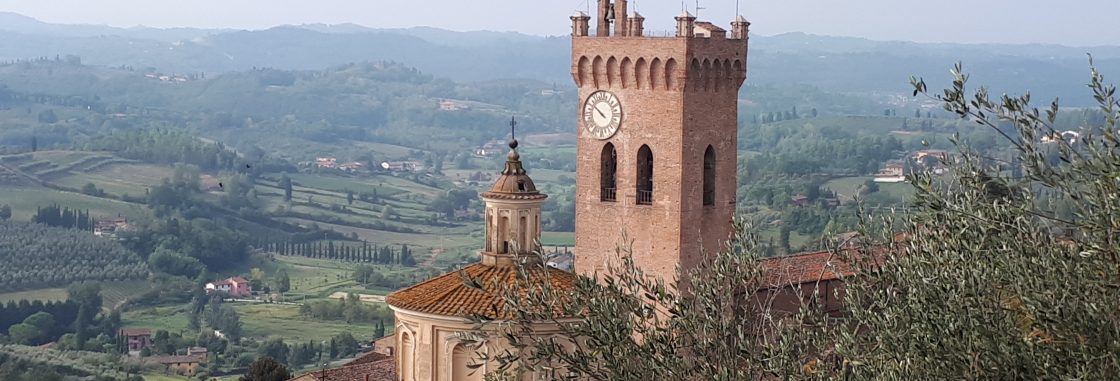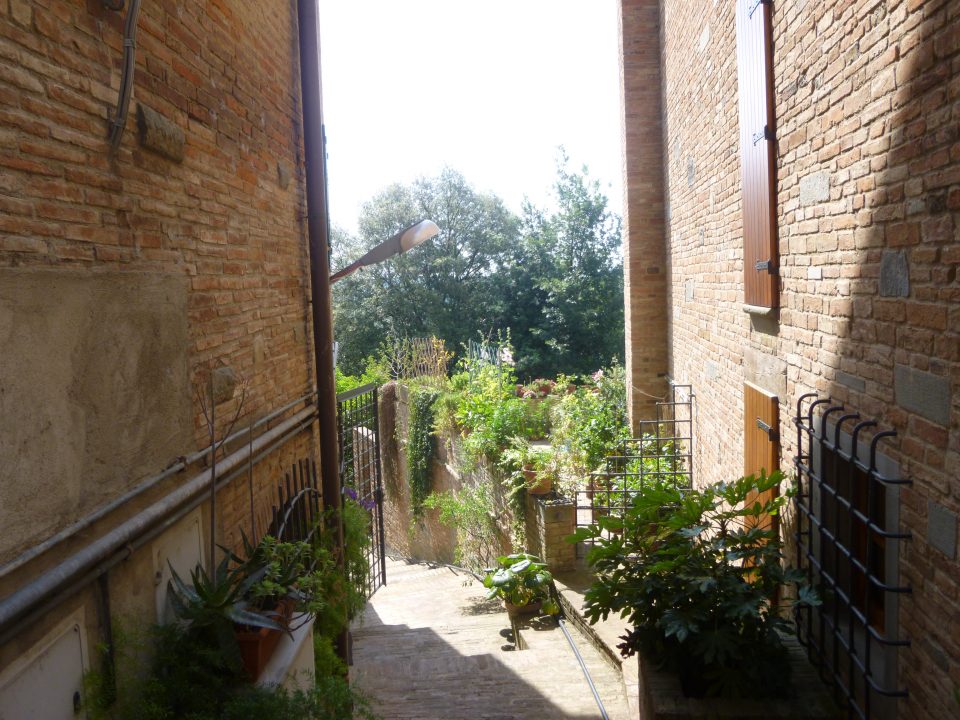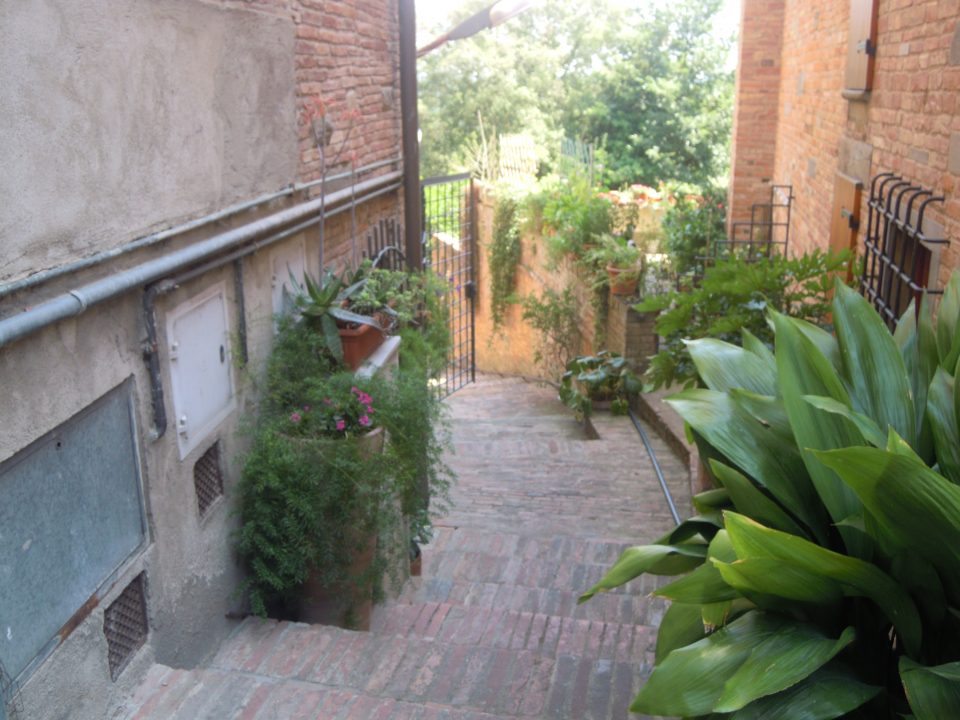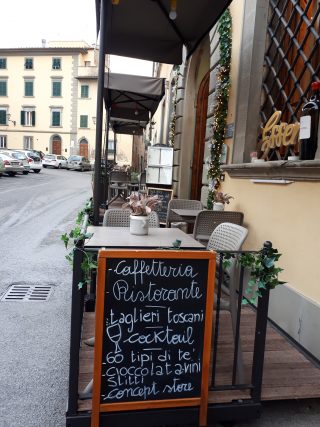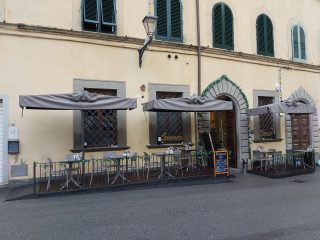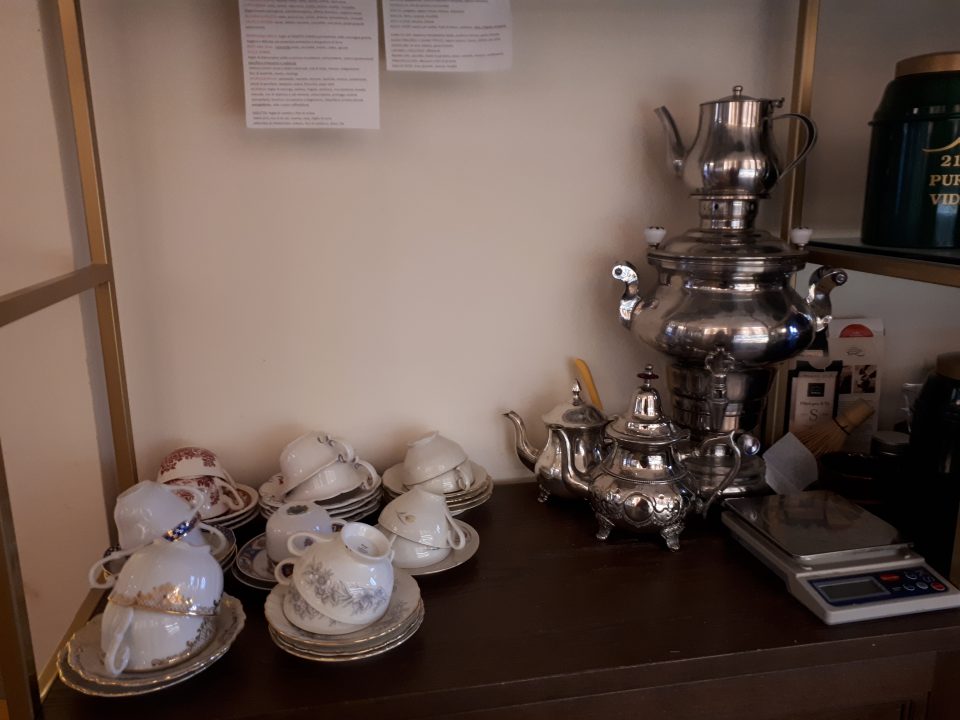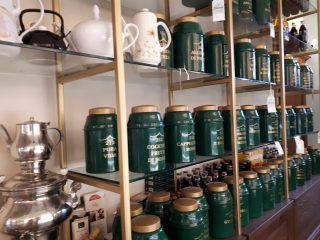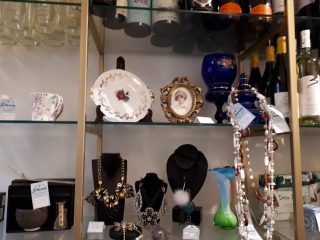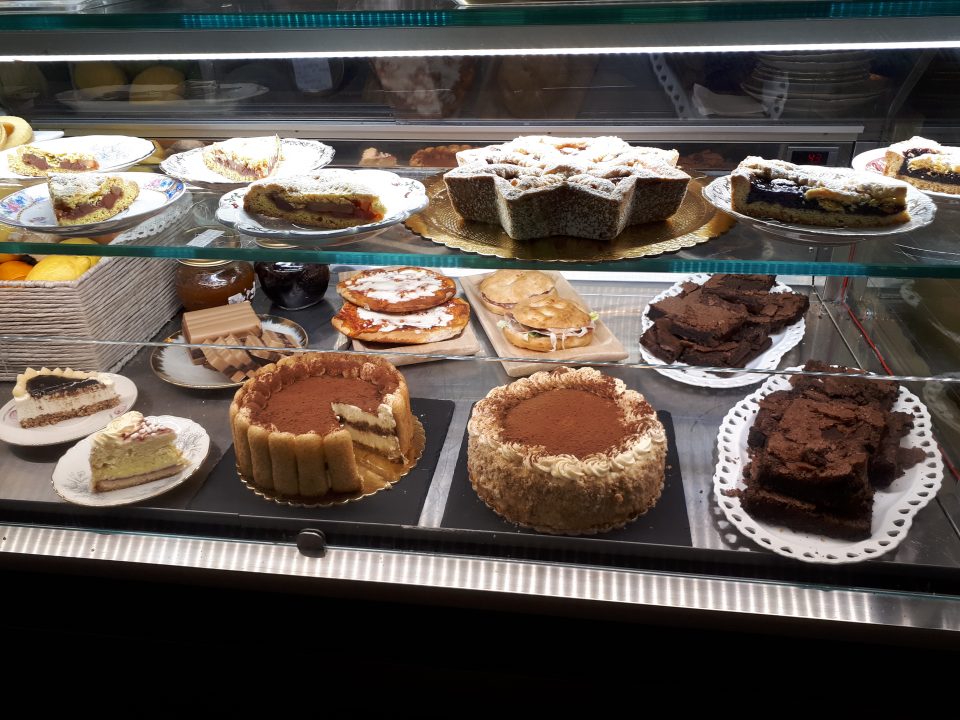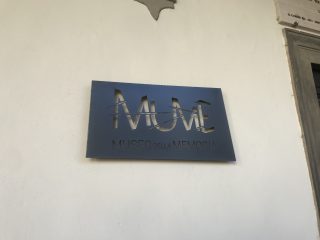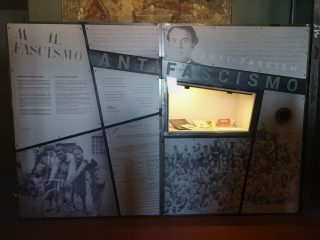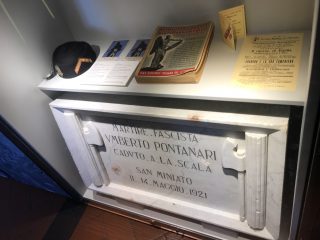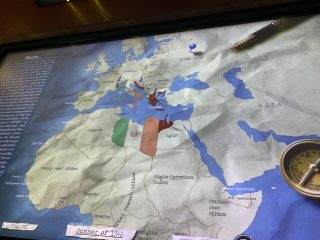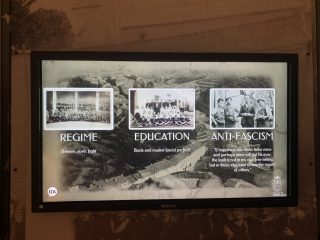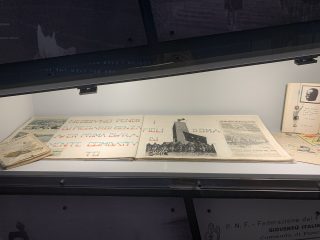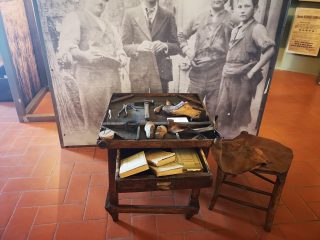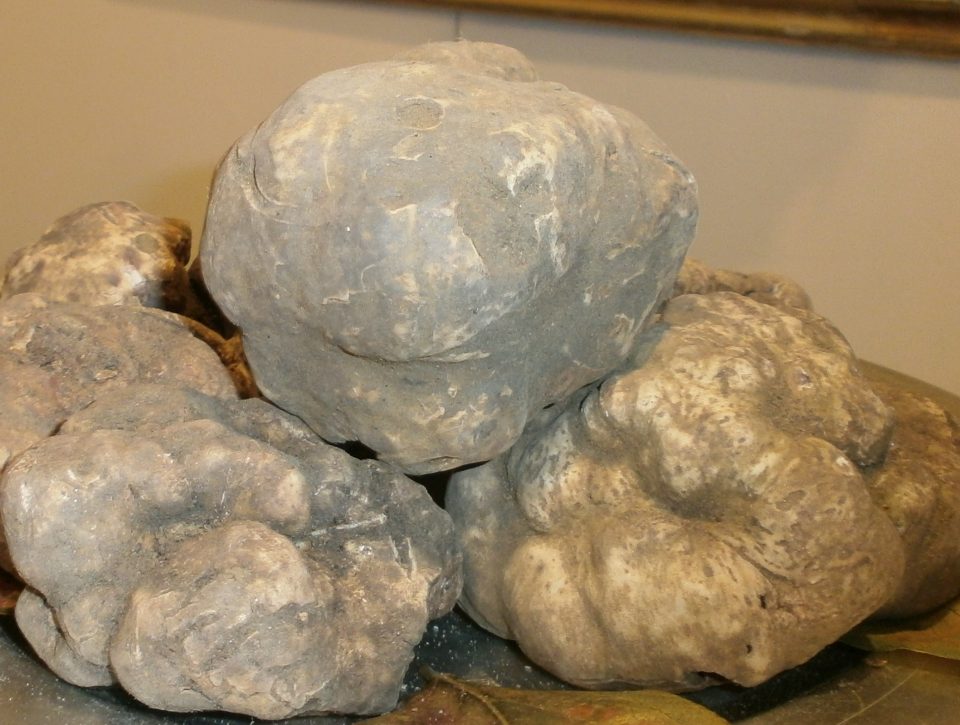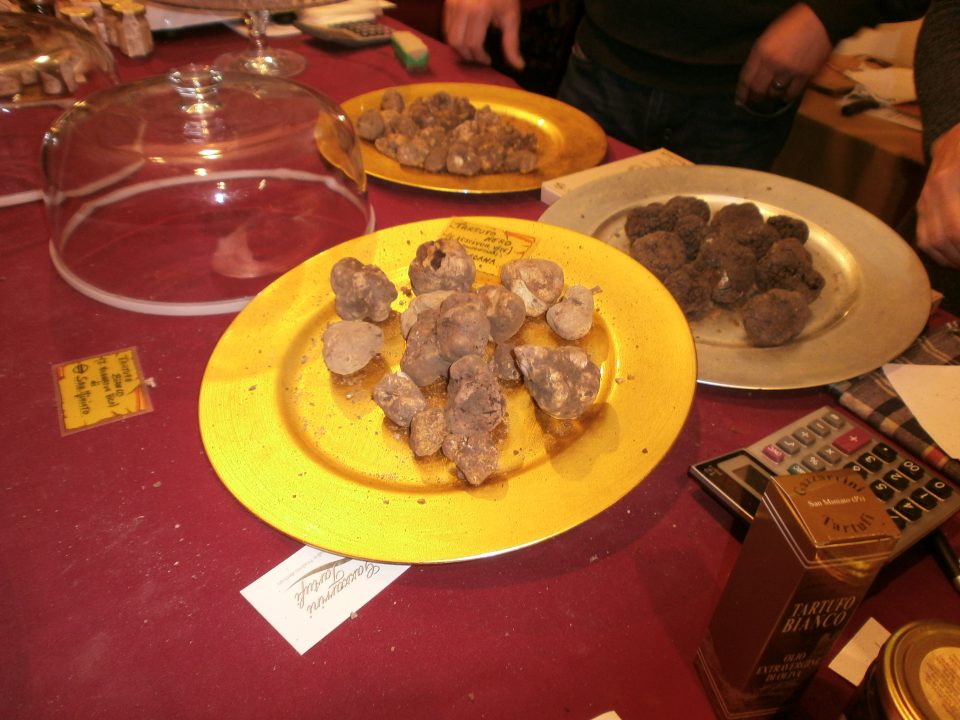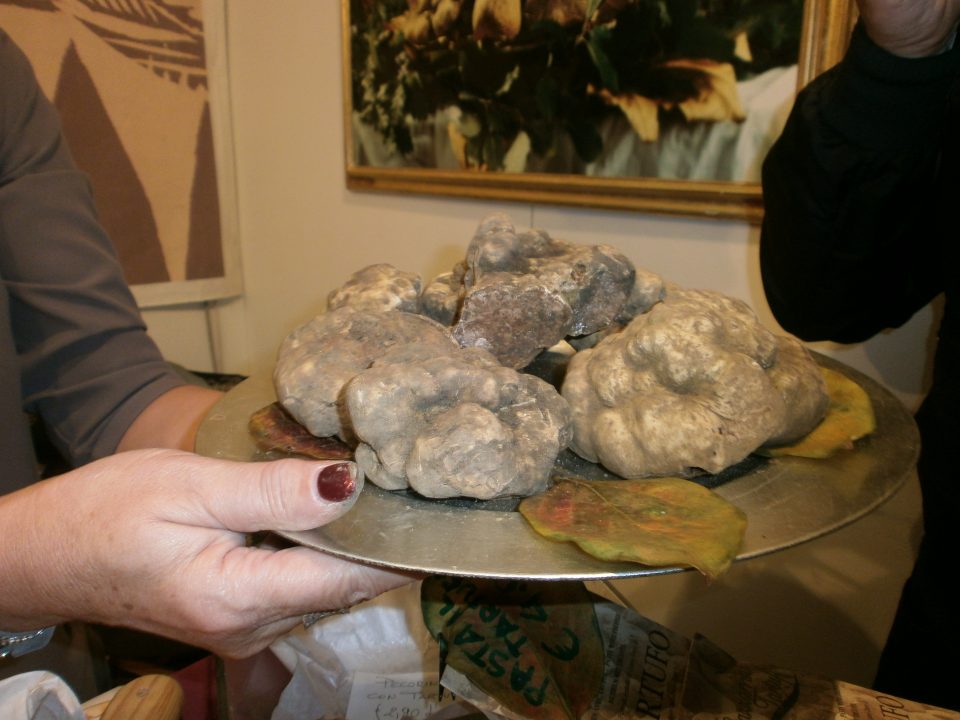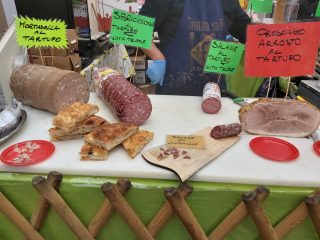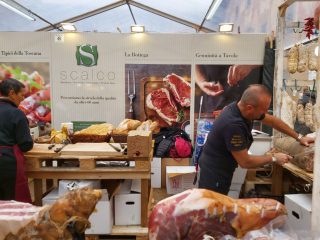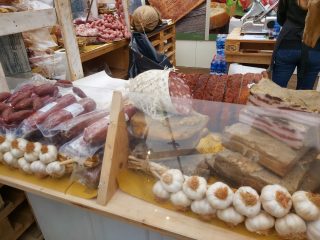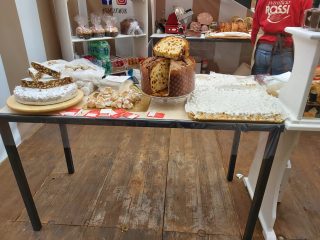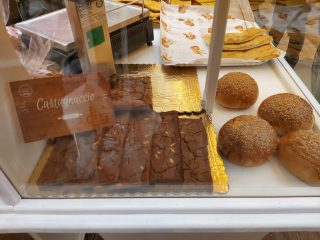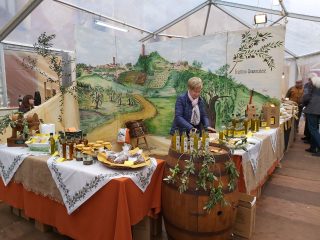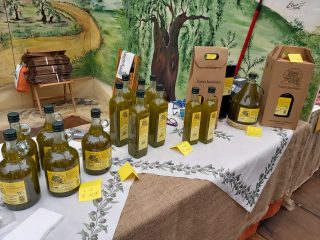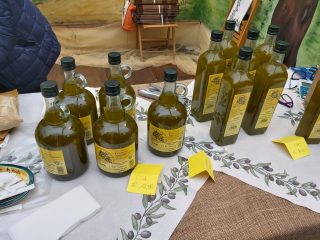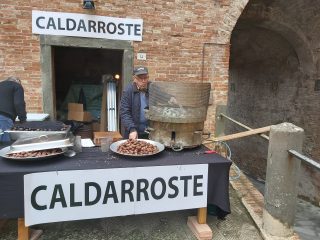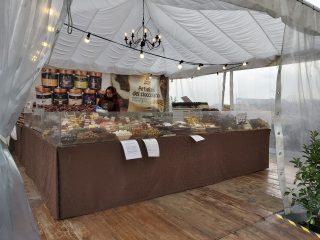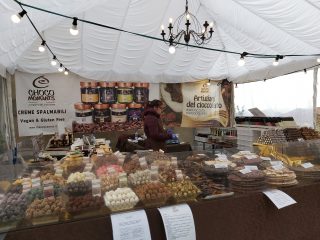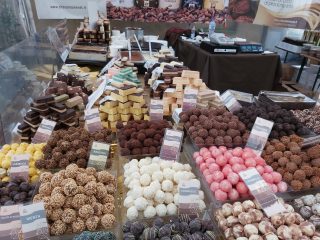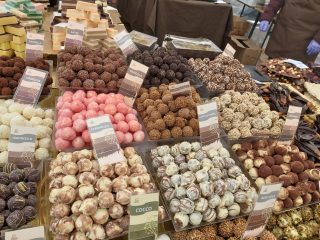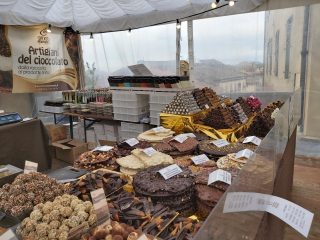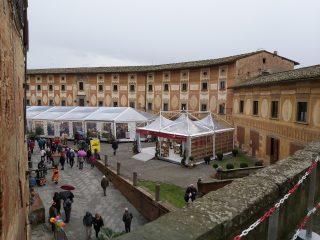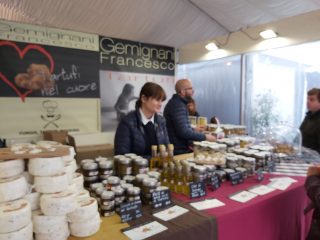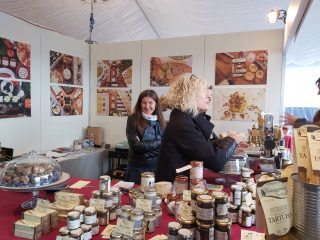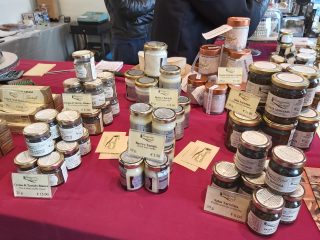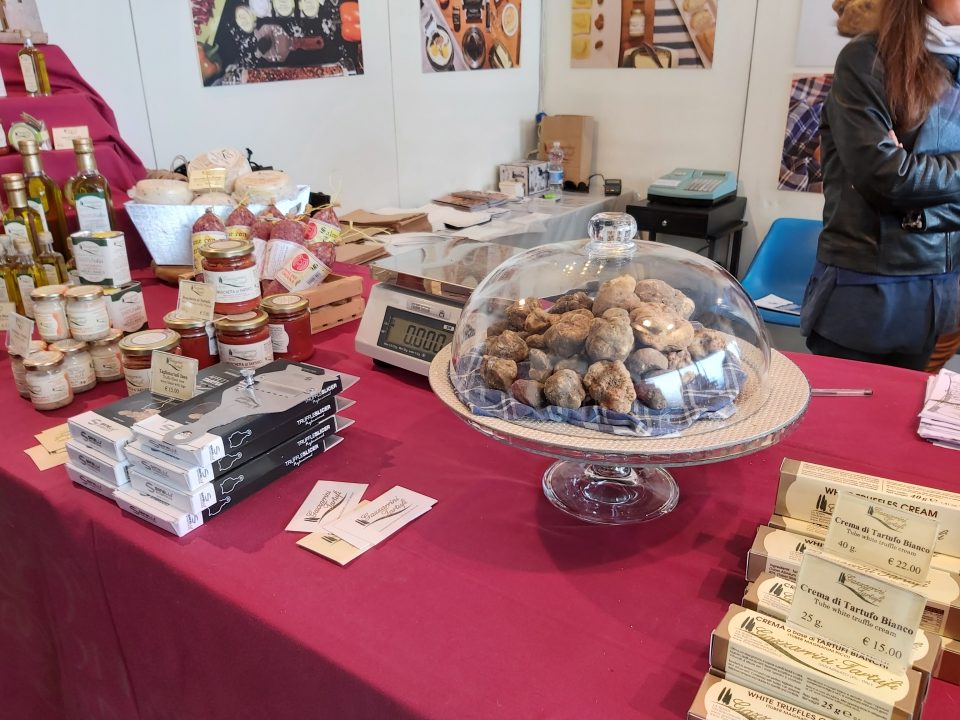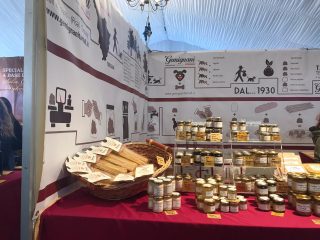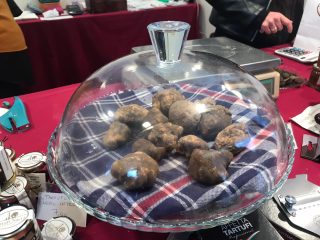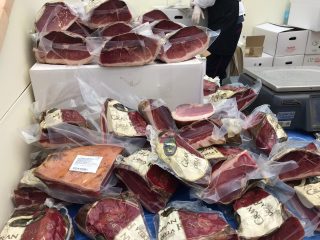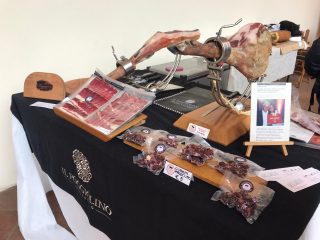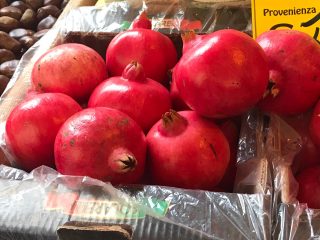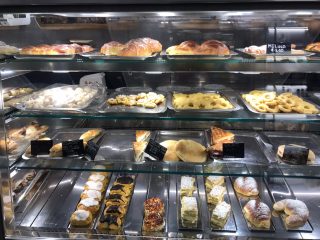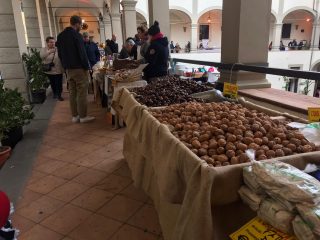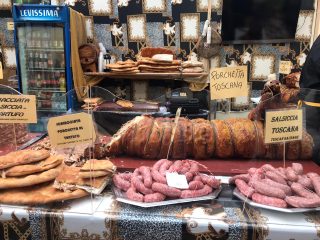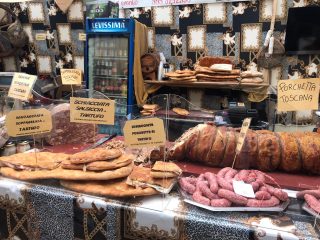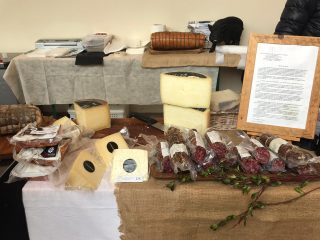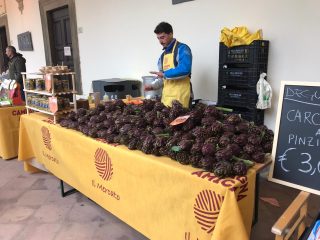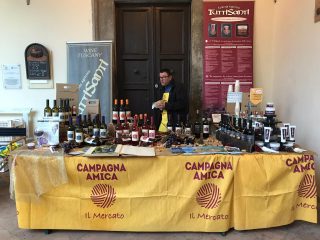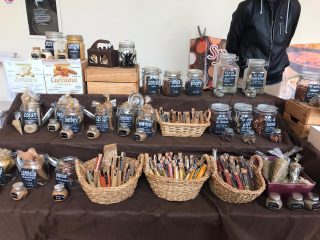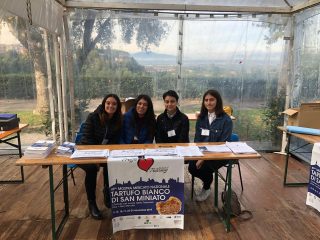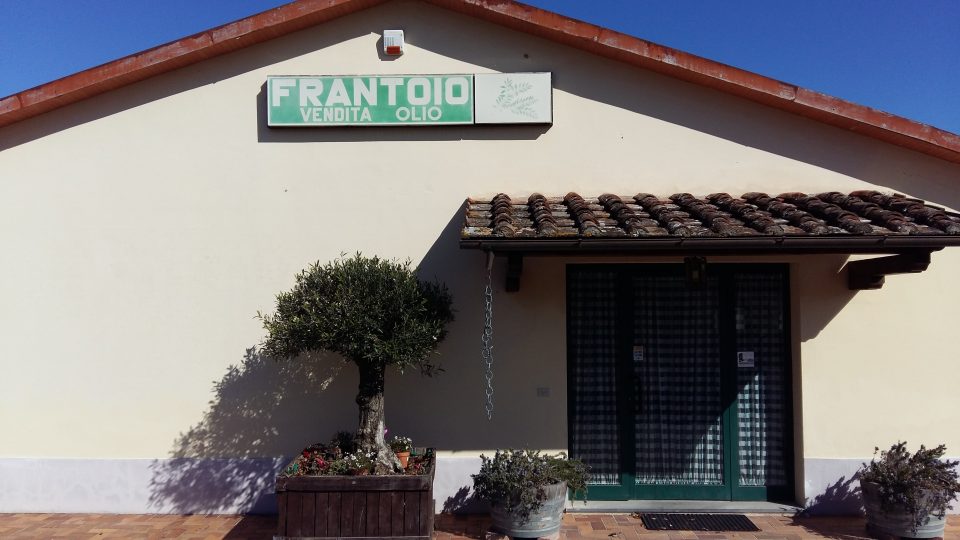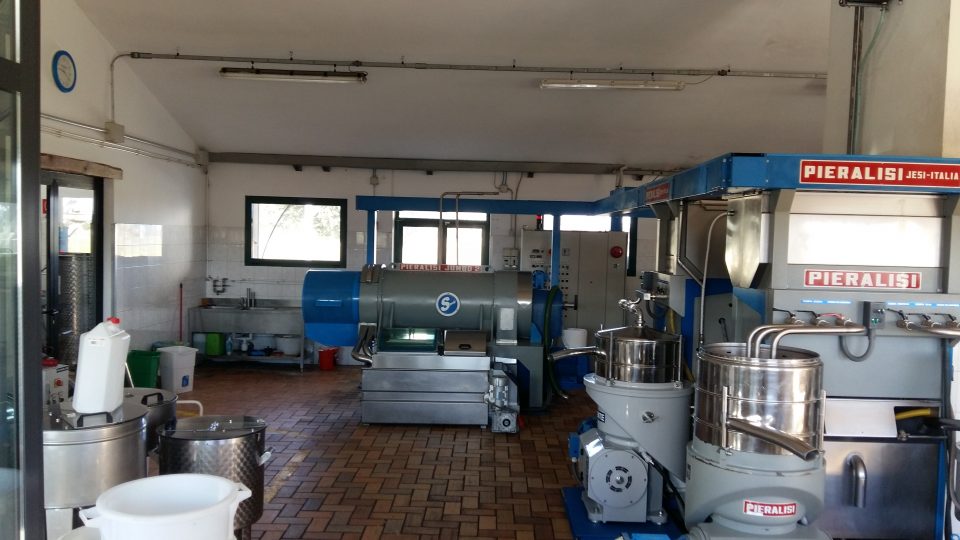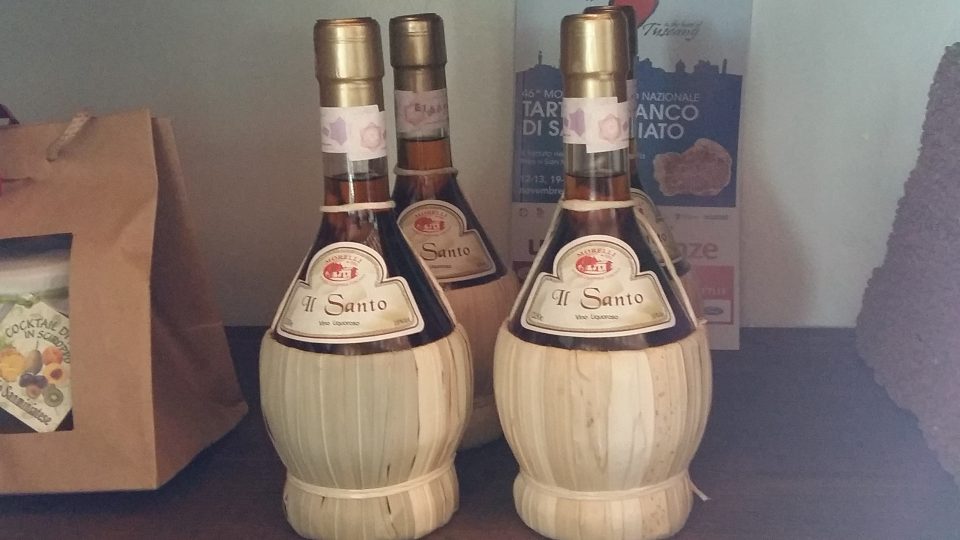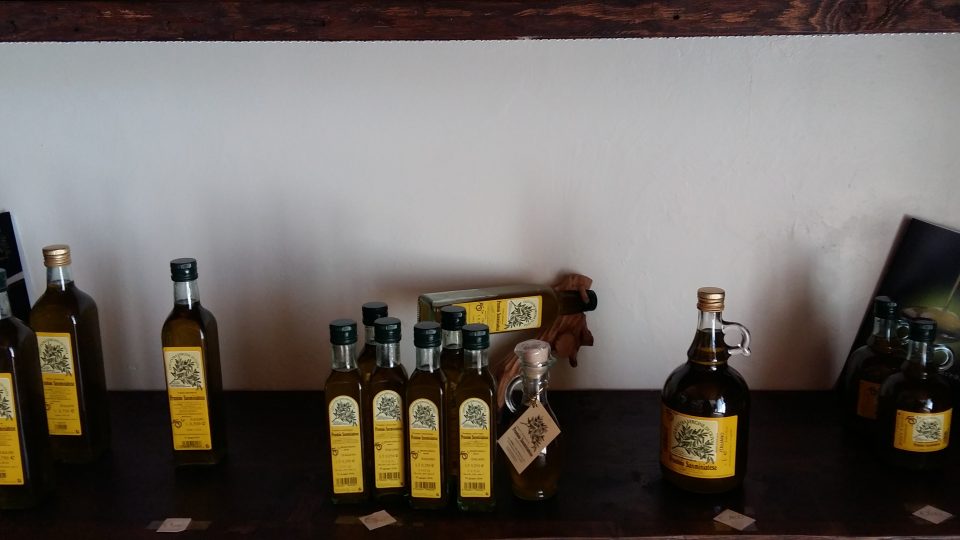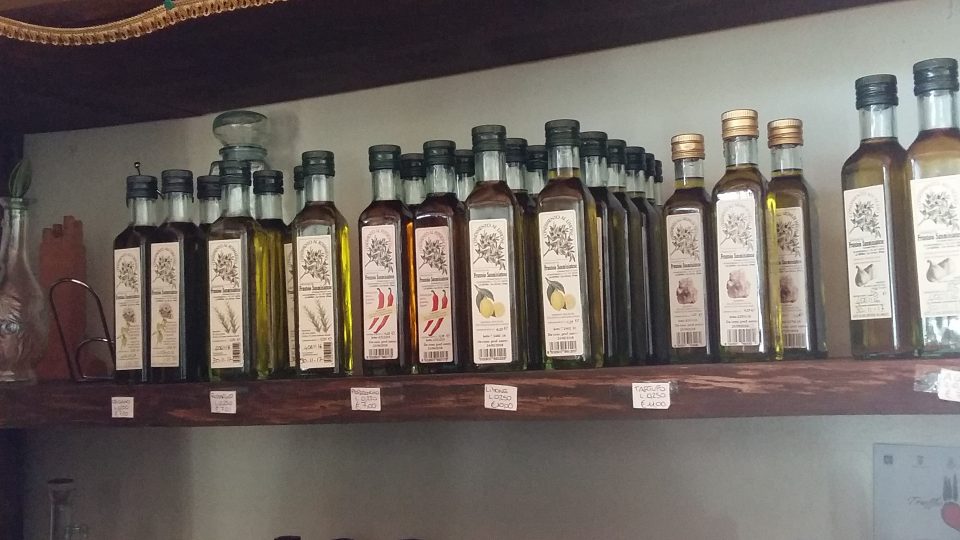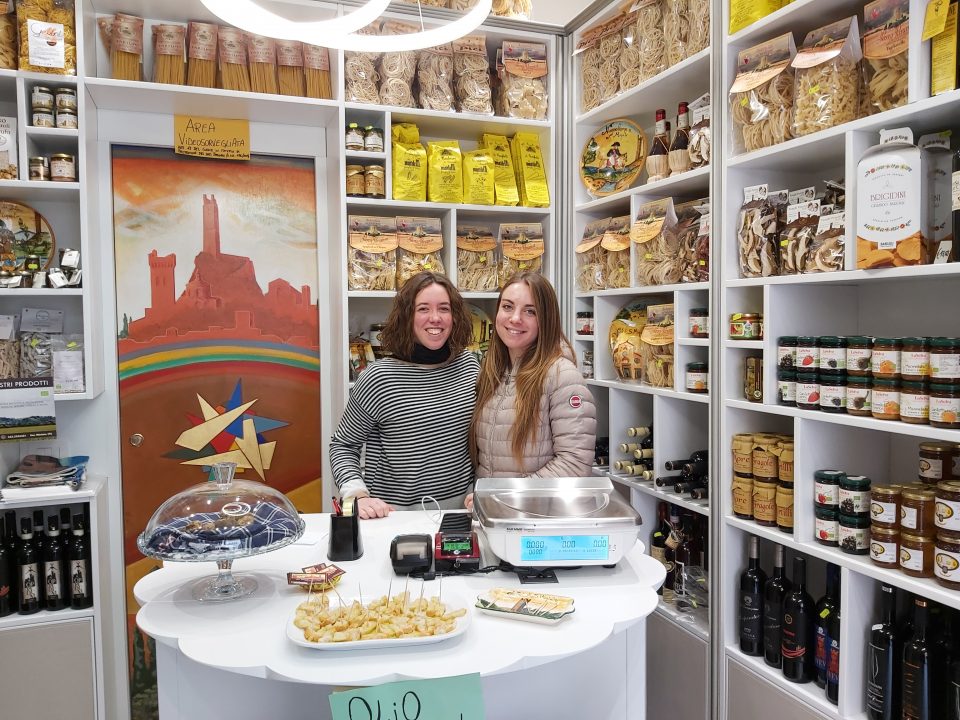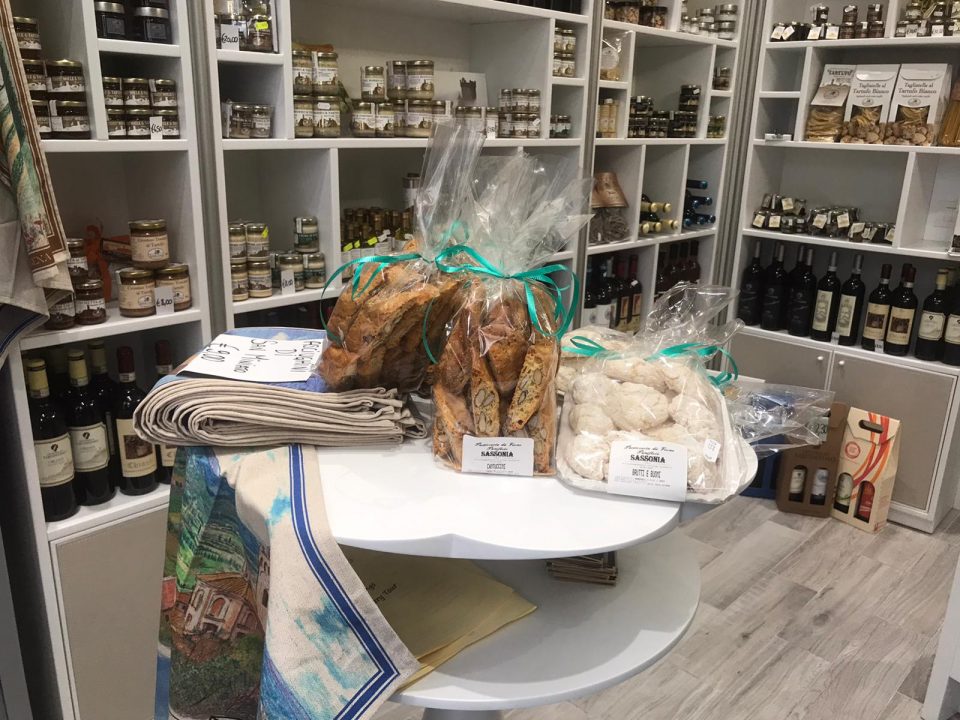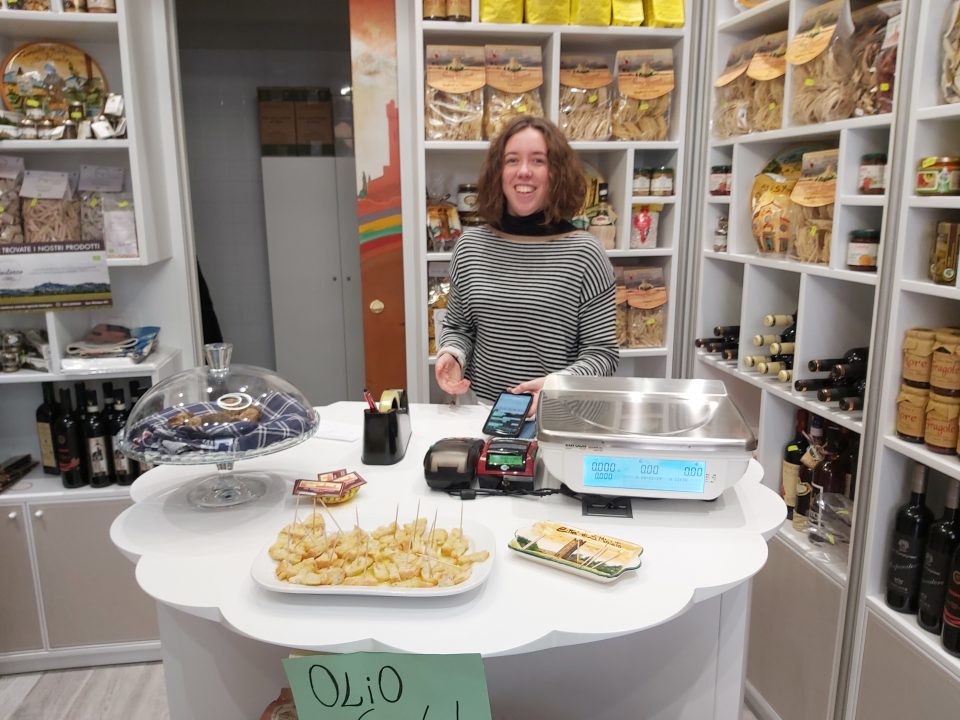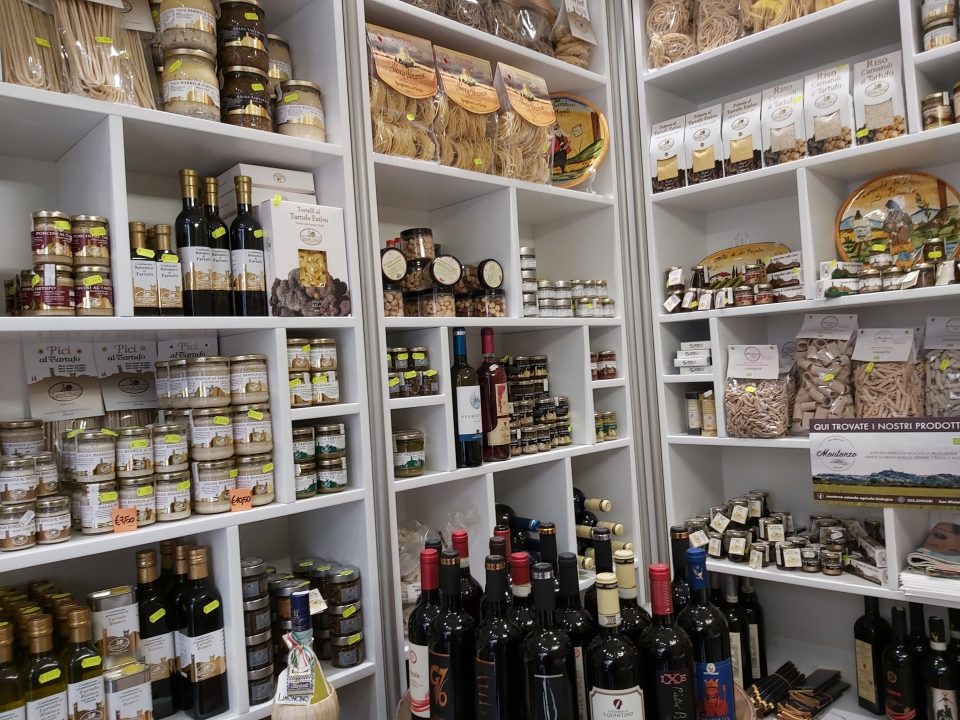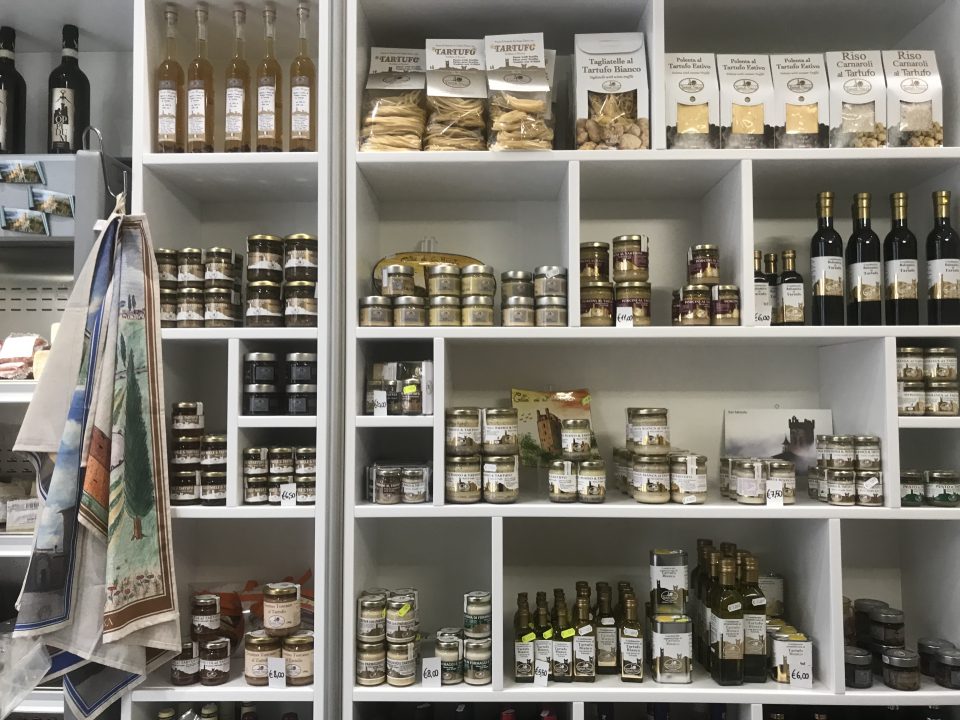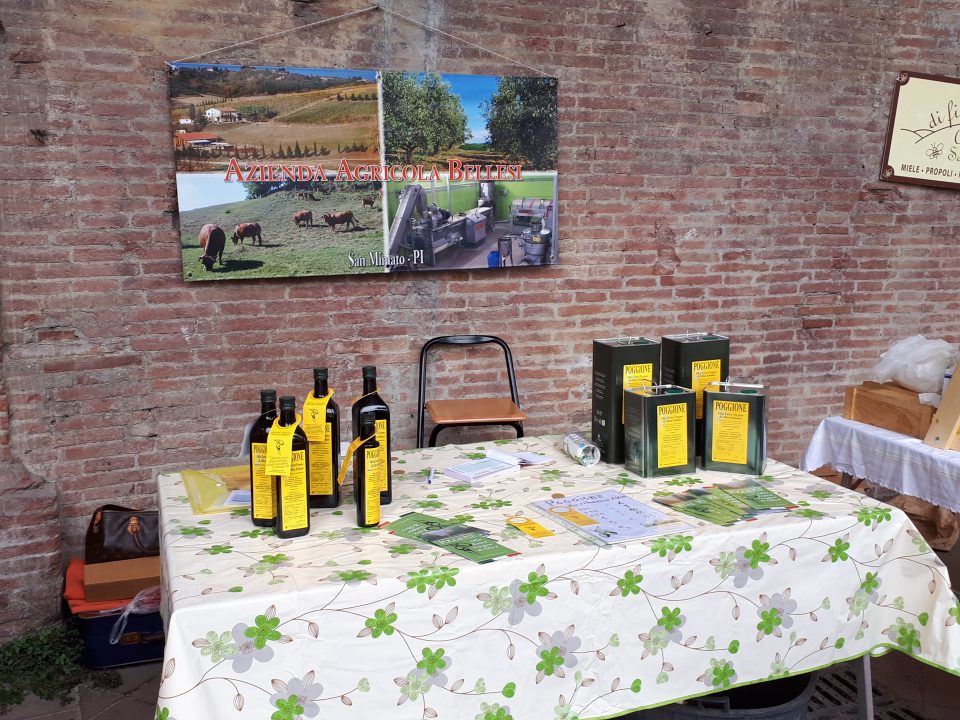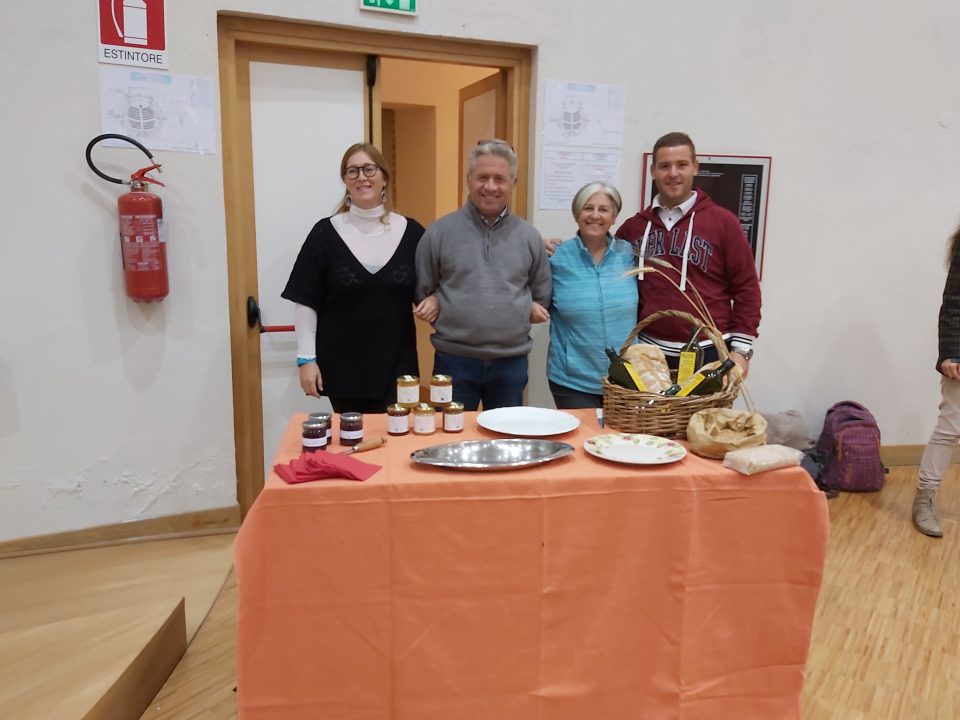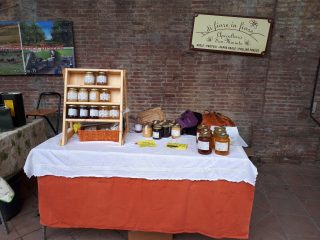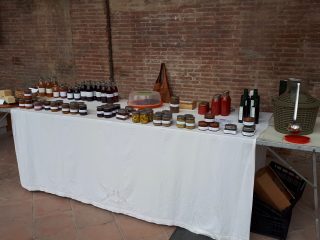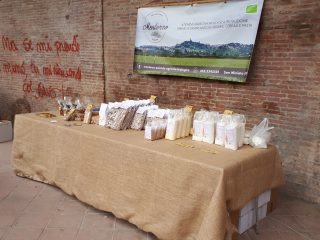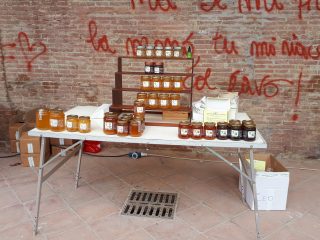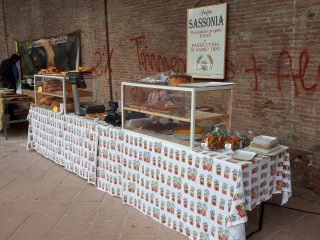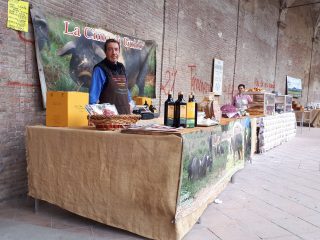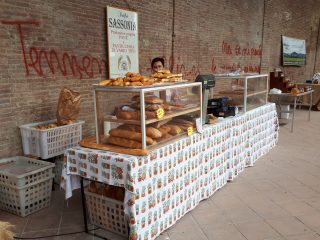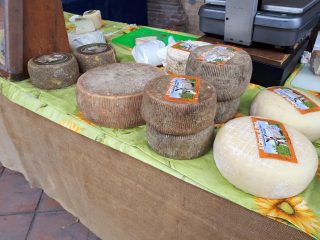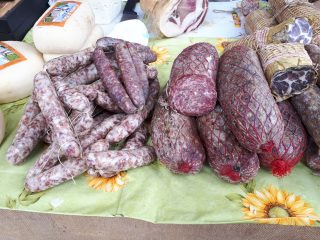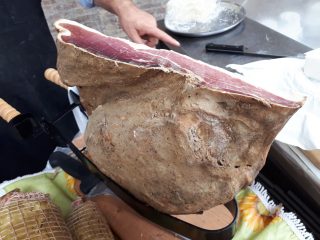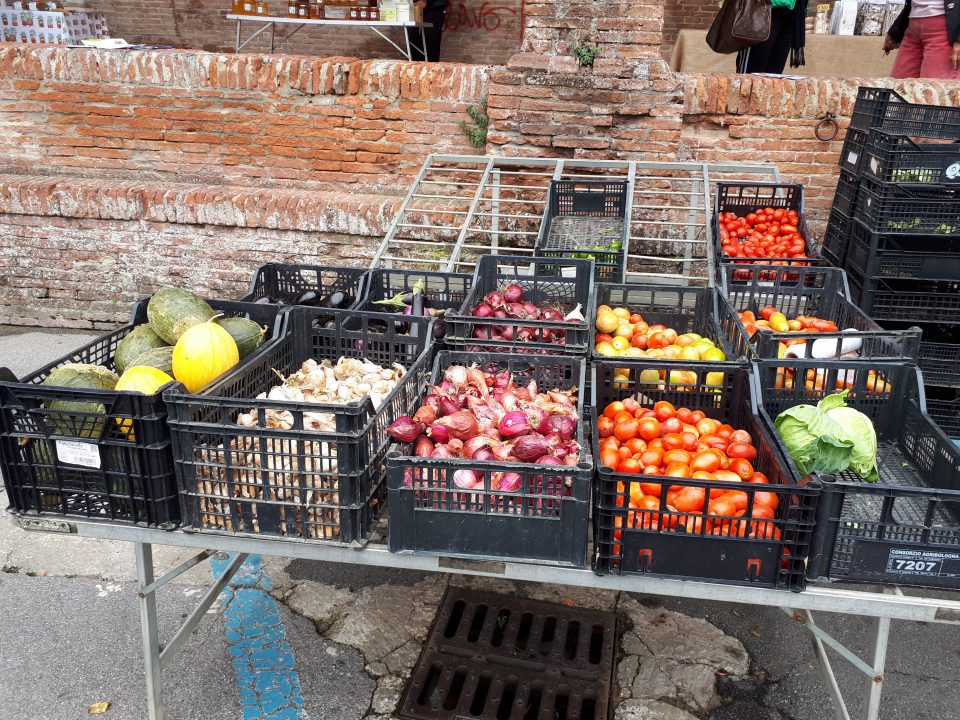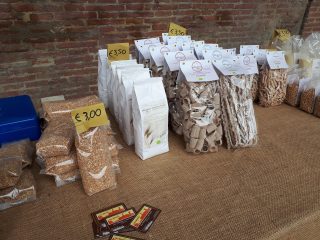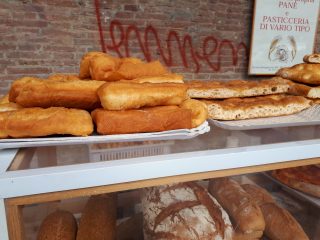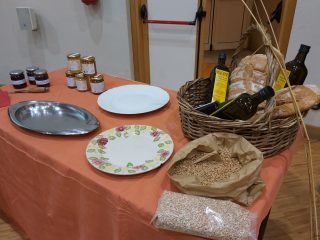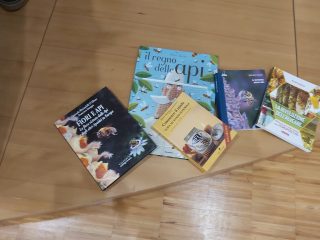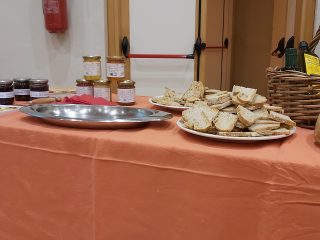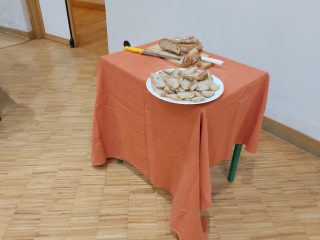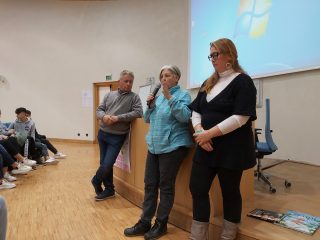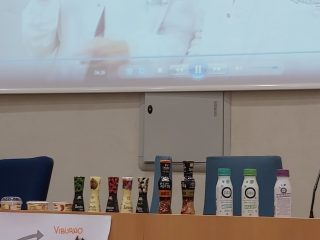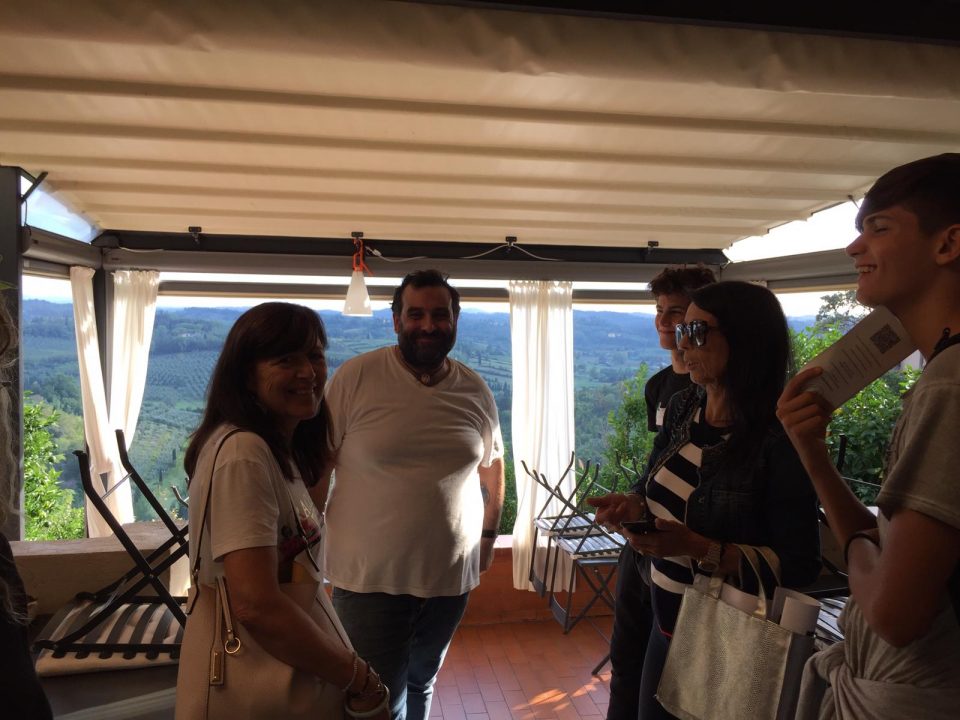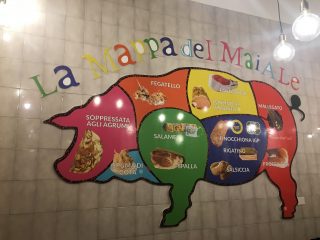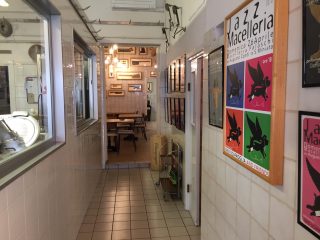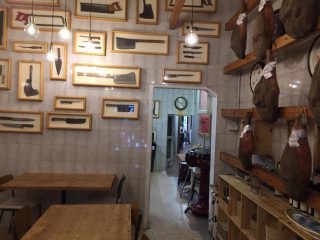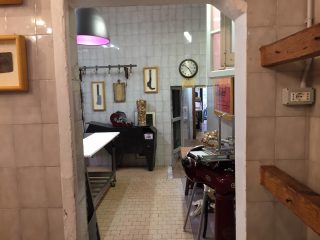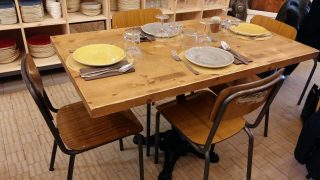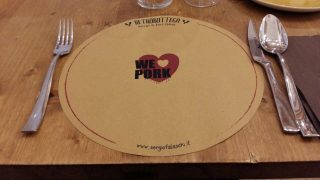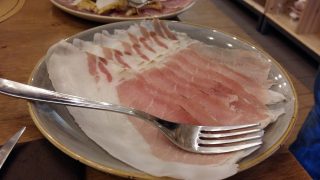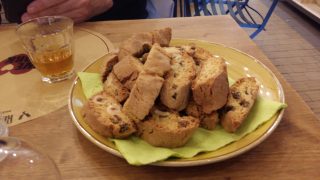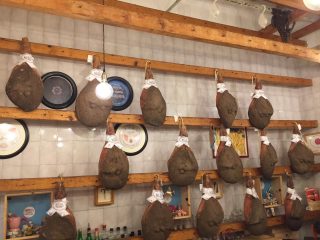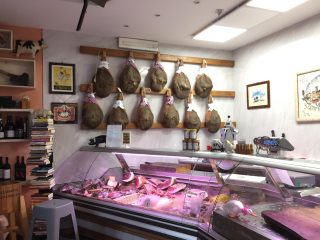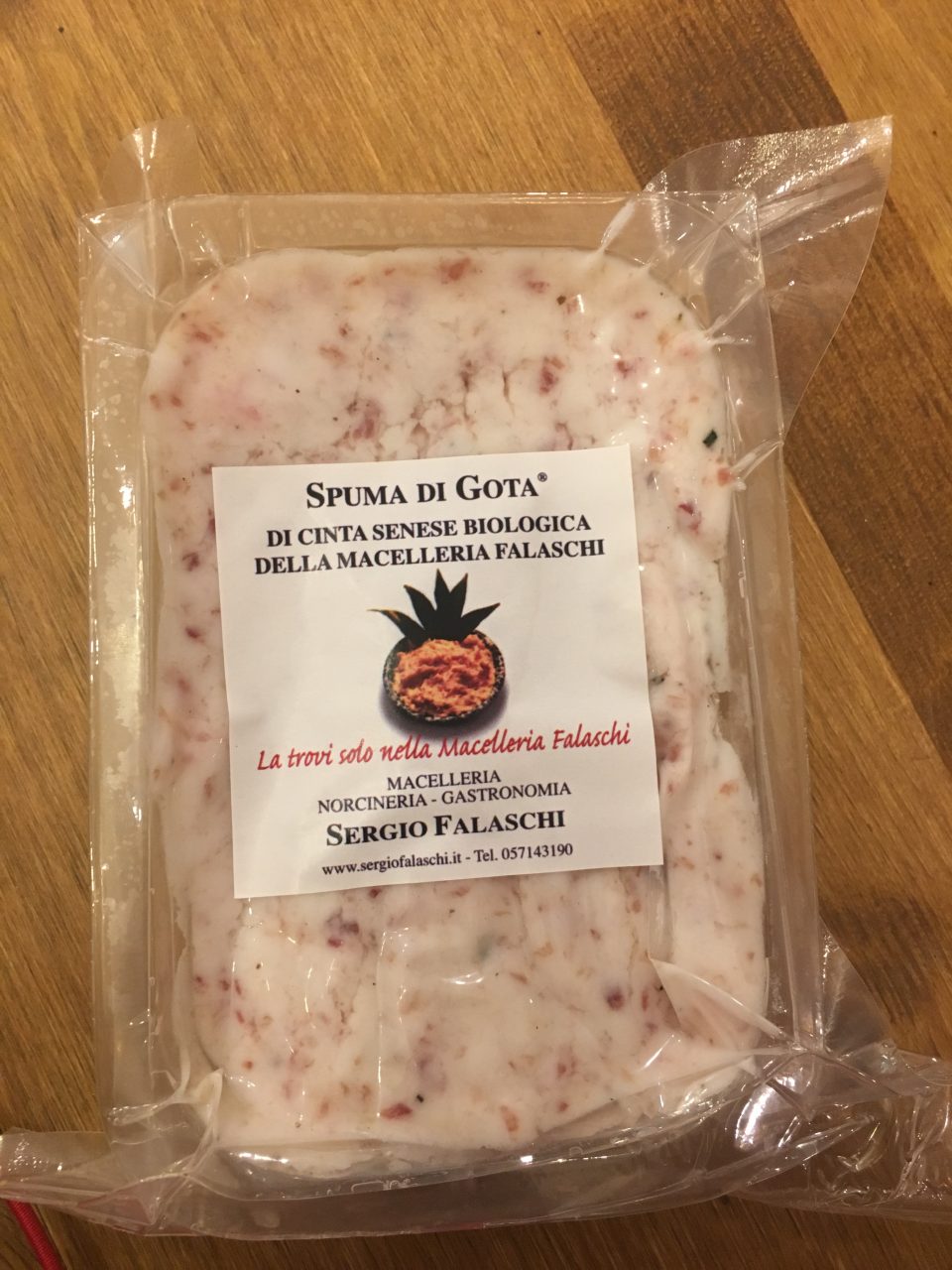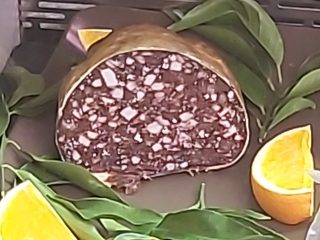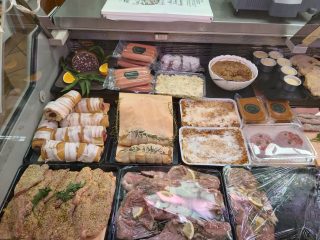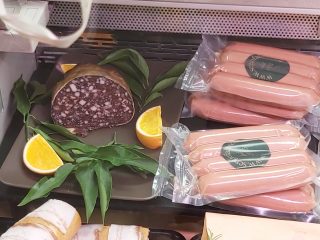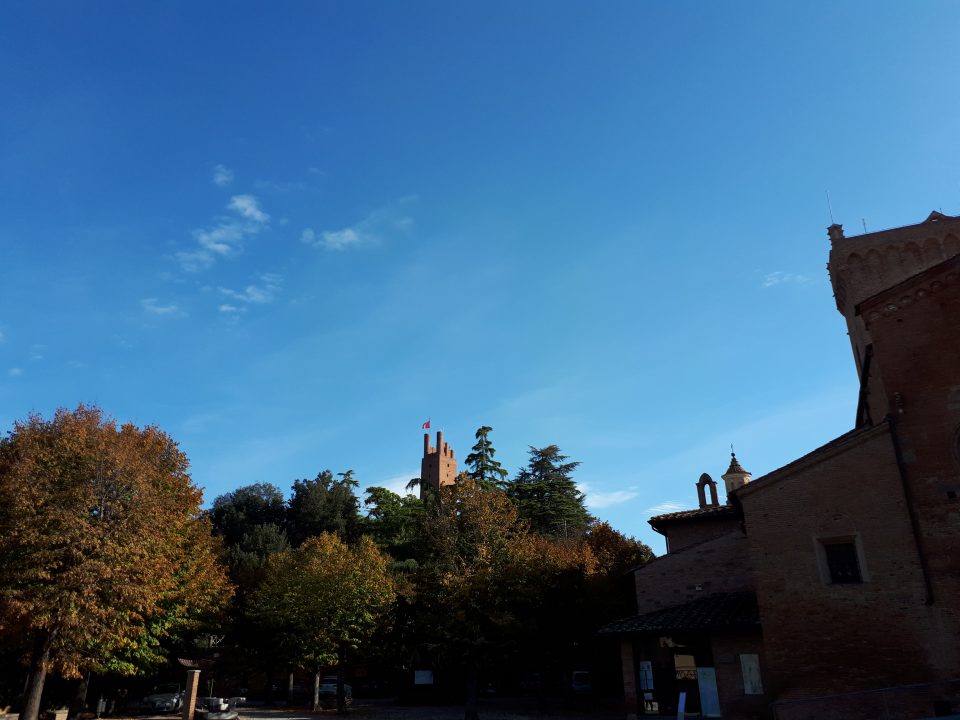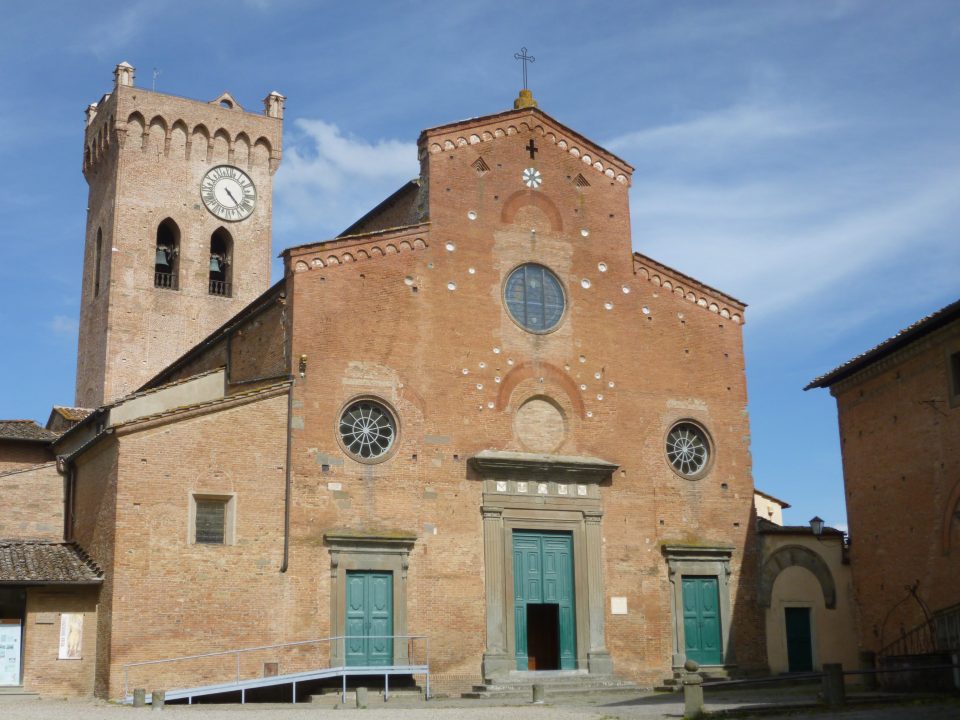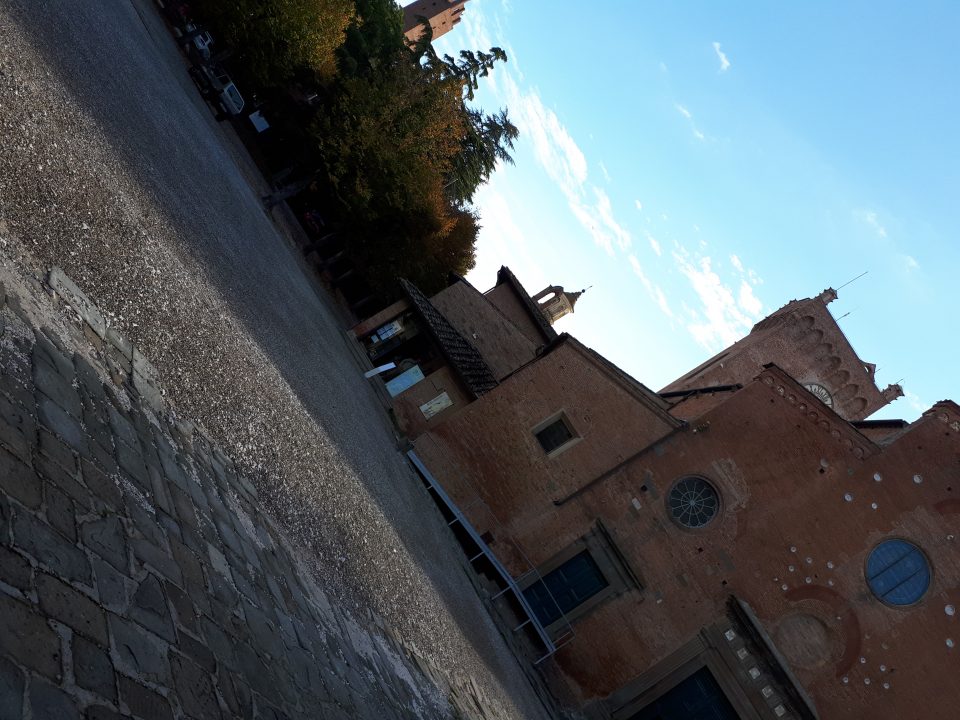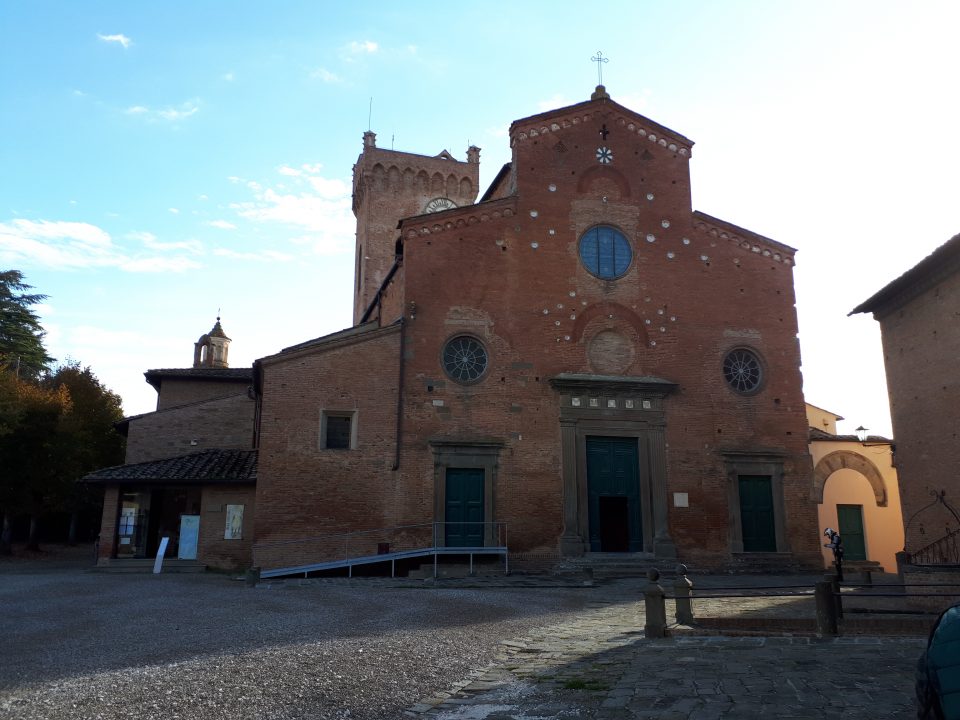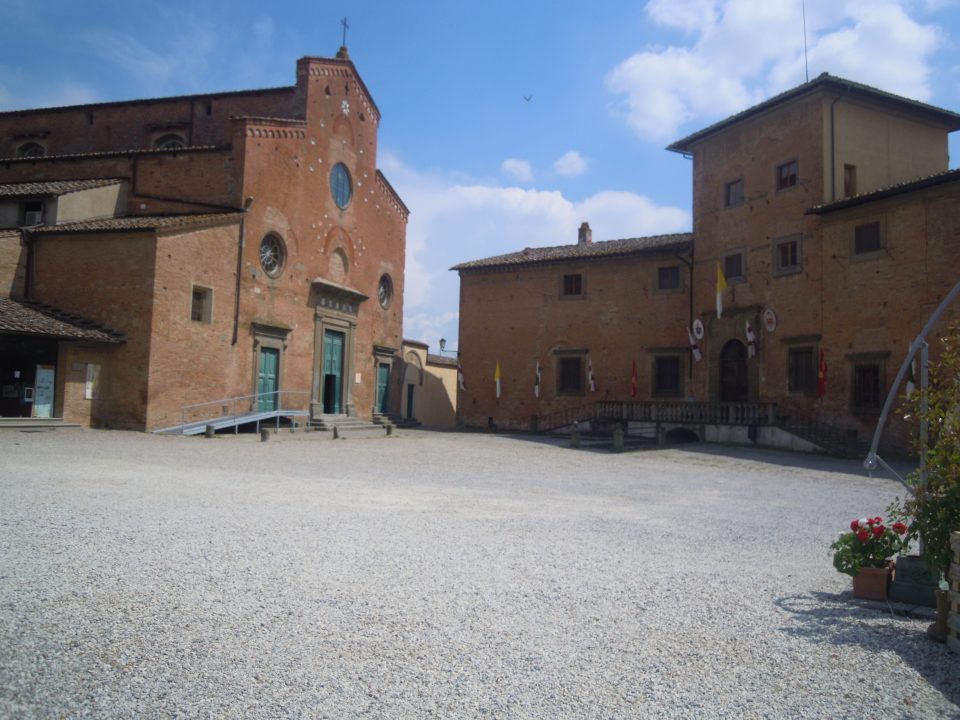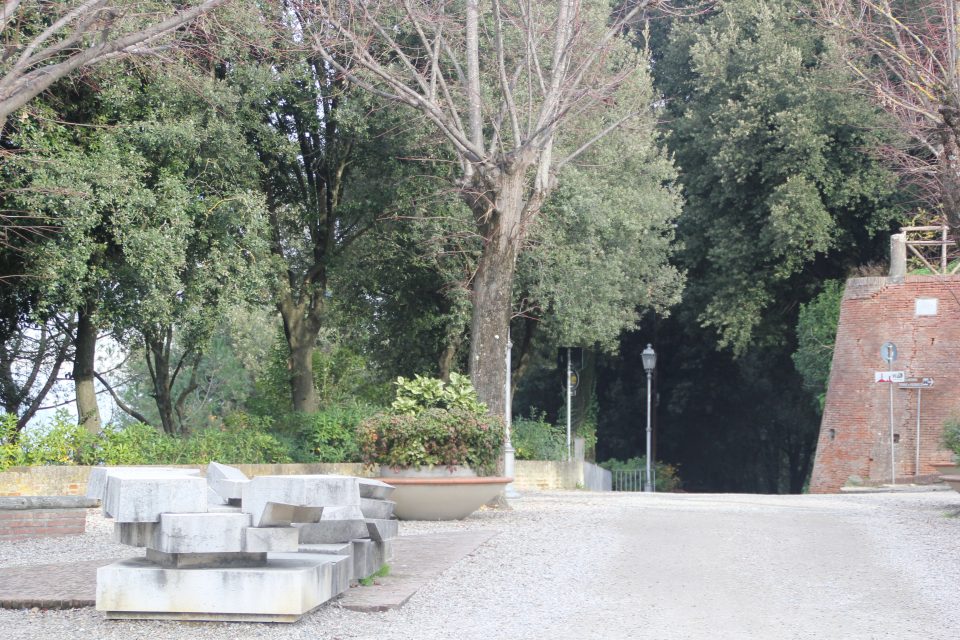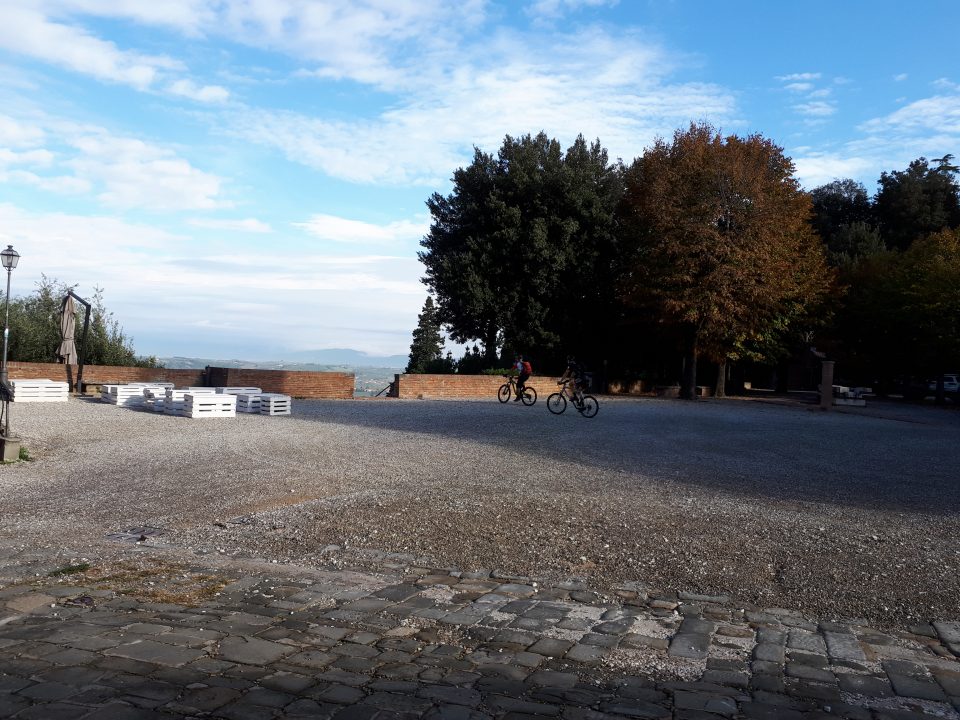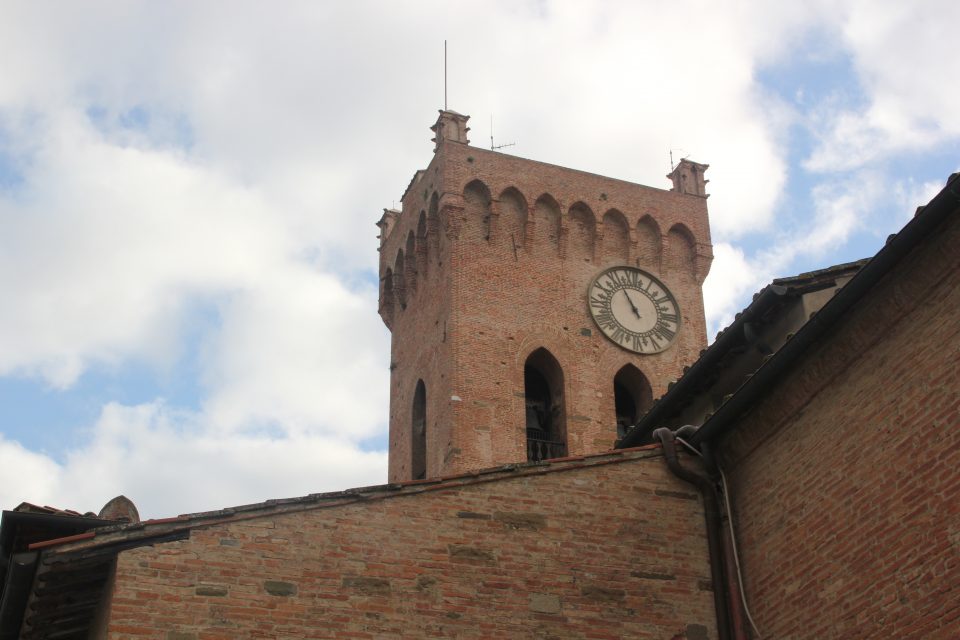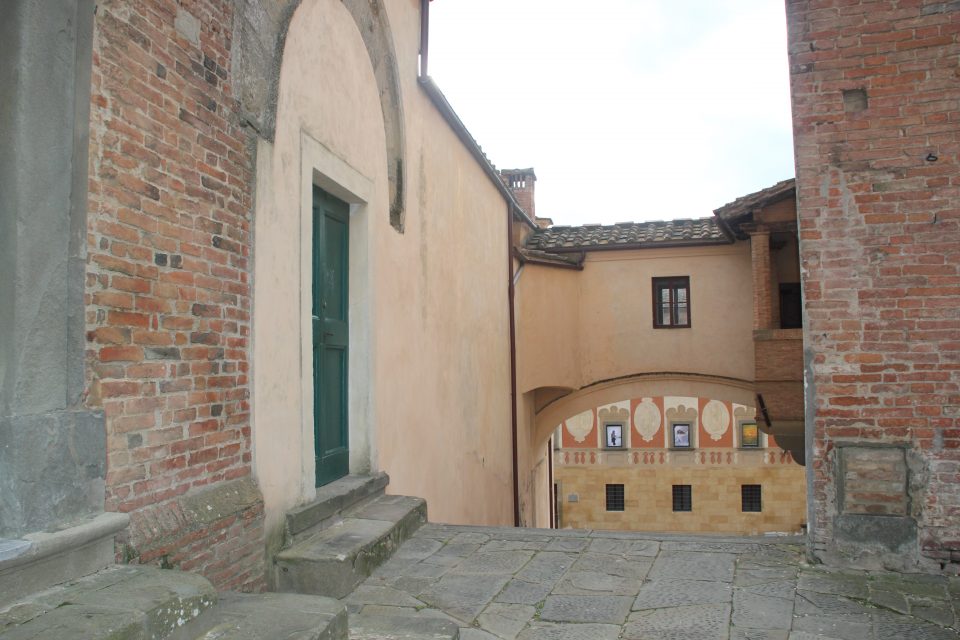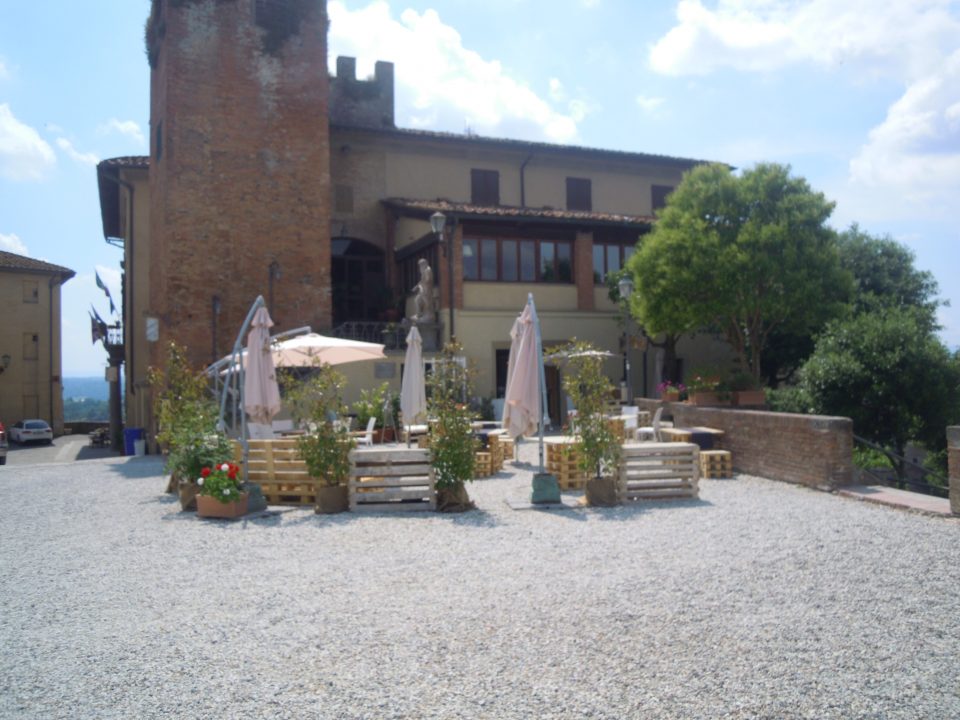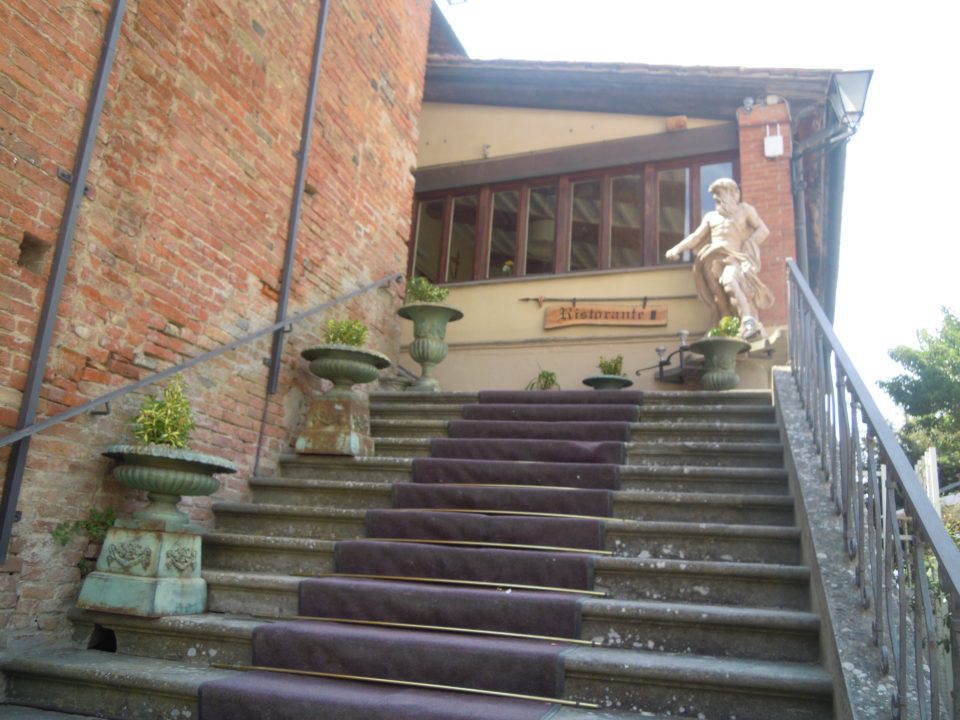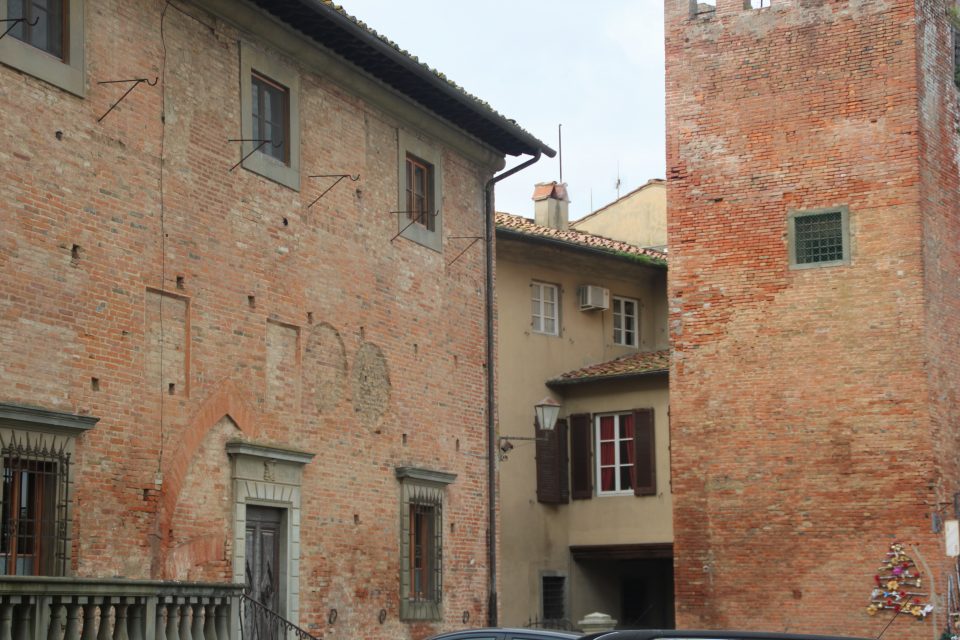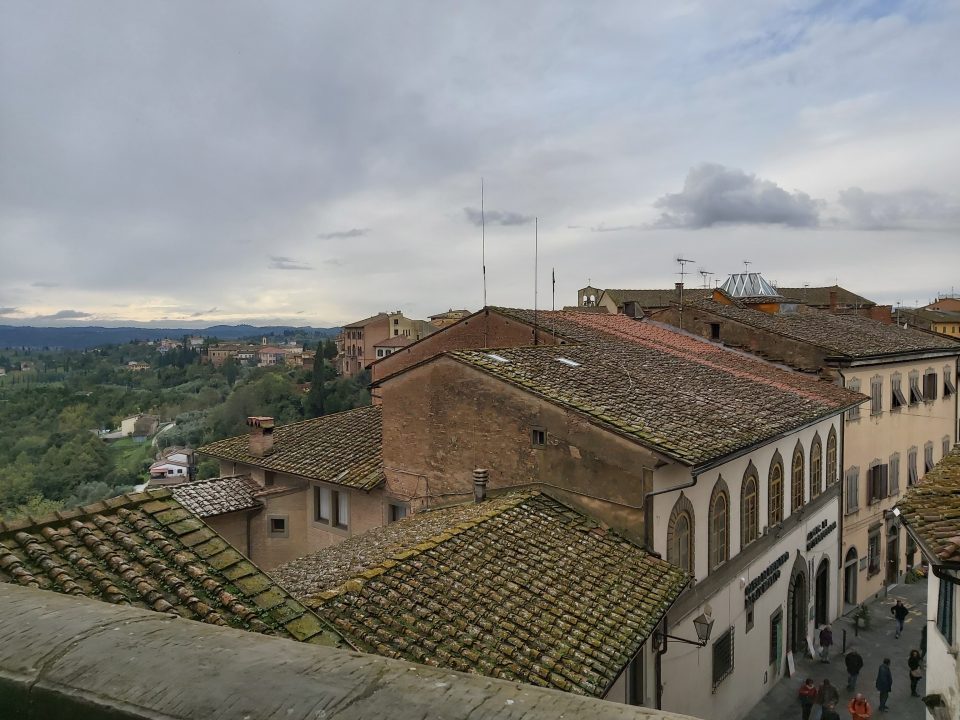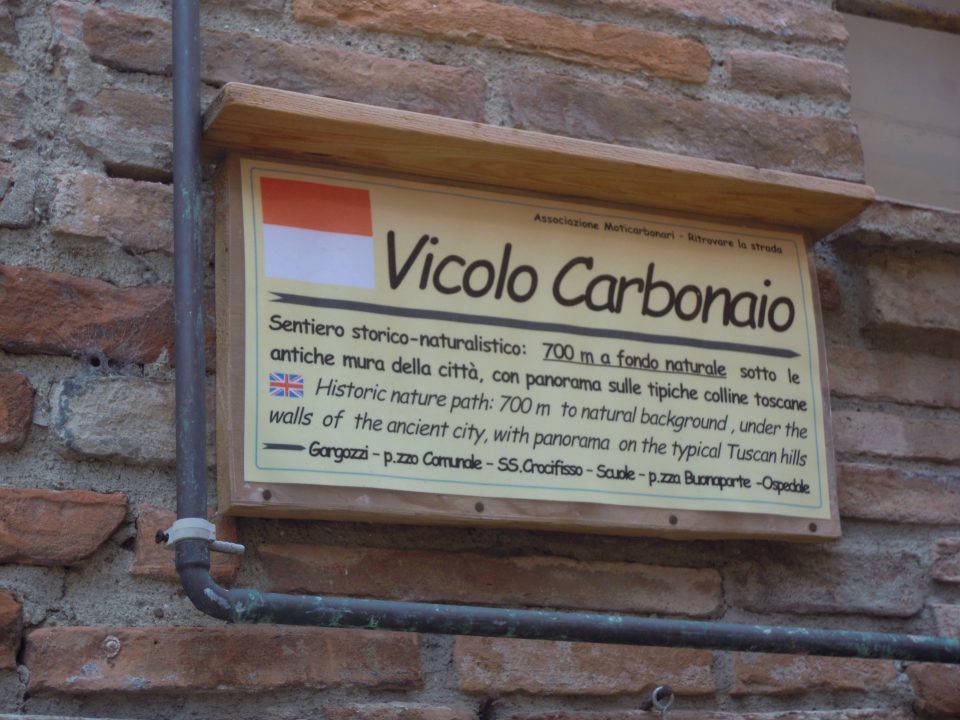
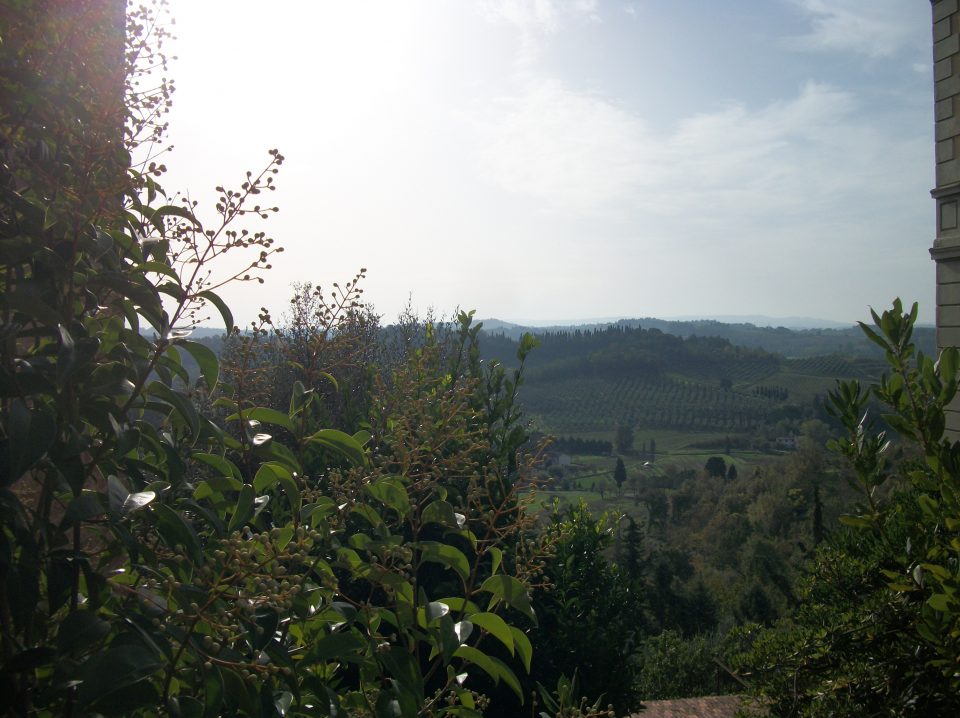 The Charcoal Alleys run around San Miniato and they are located at the foot of the fortifications, which disappeared many centuries ago.They were used by coal workers, peasants and shepherds in order to reach the town..You can reach them walking along a path in Gargozzi leading to Via Vittime del Duomo or a path in Via Carducci. The Charcoal Alleys overlook the amazing countryside.
The Charcoal Alleys run around San Miniato and they are located at the foot of the fortifications, which disappeared many centuries ago.They were used by coal workers, peasants and shepherds in order to reach the town..You can reach them walking along a path in Gargozzi leading to Via Vittime del Duomo or a path in Via Carducci. The Charcoal Alleys overlook the amazing countryside.
Slow Food
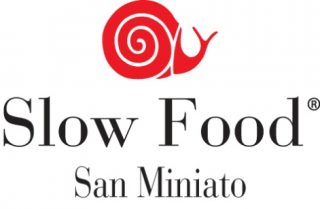 San Miniato is a “Slow Town” and is famous for its wines, extra-virgin olive oil, pork products and many other local agricultural products used by craftsmen in order to create high-quality products, which have become the basis of “Slow Food”.
San Miniato is a “Slow Town” and is famous for its wines, extra-virgin olive oil, pork products and many other local agricultural products used by craftsmen in order to create high-quality products, which have become the basis of “Slow Food”.
In this period of globalisation, some towns have decided to form an organisation,where slowness and typical local food are symbols of a good and healthy lifestyle so the Slow Town Association has come to life.
LINK al sito SLOW FOOD
http://www.cittaslow.it/citta/san-miniato
MuMe
The MuMe -Memory Museum-was created to preserve the memory of the Second World War for future generations. The permanent exhibitions are the result of discoveries, private collections, or donations of local people. The museum contains war relics, vintage posters and documents of the people from San Miniato who lived the dramatic years of the Second World War.
The museum, located in the city centre, was opened in 2018 and was created in collaboration with the famous Scuola Normale Superiore in Pisa, which designed informative multimedia applications, offering a faithful historical reconstruction of the most significant events in San Miniato during the Second World War.
The White Truffle Exhibition 2019
San Miniato is famous for its truffles and the National White Truffle Exhibition, which has been held here in November for 46 years and is a market which attracts thousands of Italian and foreign visitors.
The white truffle of San Miniato is known as the “Food of Kings” and populates the tables of the best restaurants in the world. The white truffle found in San Miniato Hills is the “Tuber Magnatum Pico” and is the most valuable type of truffle.
San Miniato White truffle is a unique product. It features a light yellow colour with brown shades and it has a long-lasting delicious flavours. It is very expensive, because it is found in moderate quantities in particular periods of the year. You can find white truffles only from October to December.
Extra-Virgin Olive Oil Tasting
Tuscany is famous for its top-quality extra-virgin olive oil.
You can have a tour in La Serra, a small village near San Miniato, in order to discover the secrets of extra-virgin olive oil production.
The well-known Frantoio Samminiatese is a pressing mill immersed in the Tuscan countryside and surrounded by lovely olive groves.
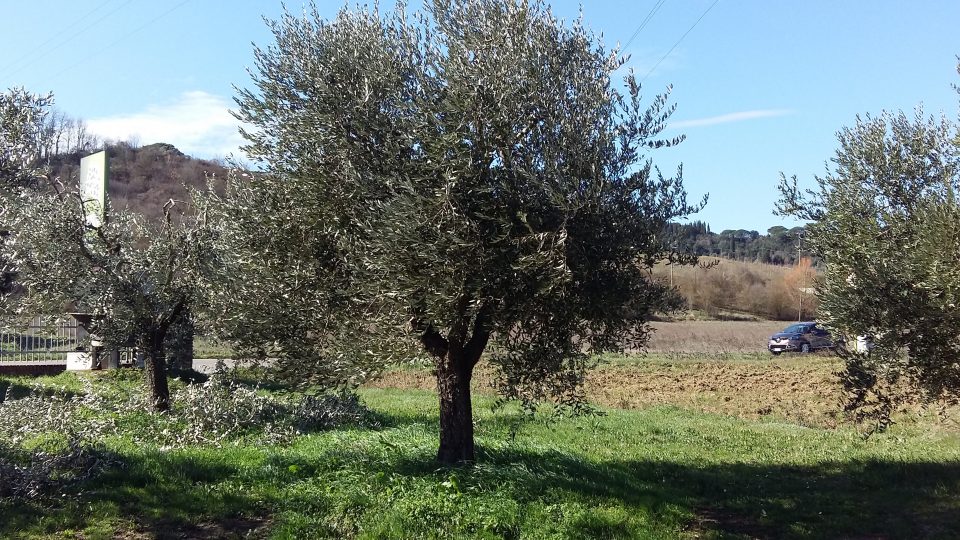 “Frantoio Samminiatese” has been producing extra-virgin olive oil for over 50 years and the owners are excellent at the art of pressing and growing olive trees.
“Frantoio Samminiatese” has been producing extra-virgin olive oil for over 50 years and the owners are excellent at the art of pressing and growing olive trees.
Here you can taste “bruschetta” with extra-virgin olive oil and purchase a large variety of products such as aromatized olive oil, biological extra-virgin olive oil and “IGP Tuscan” extra-virgin olive oil.
Mercatale October 2019
If you want to buy local products, we suggest you visit the world-famous Mercatale in Piazza Dante Alighieri.Here the Slow Food Association and other associations organise a market , where consumers can buy local fresh products such as milk, eggs, fruit and vegetables directly from farmers and local producers.
This market is held in this square on Sunday once a month. The famous Mercatale is part of a project called “filiera corta” (“short distribution chain”), a regional network for the promotion of fresh agricultural products in Tuscany.
Visit the website Of Mercatale San Miniato.
https://www.facebook.com/Mercatale-DI-SAN-Miniato-496717683861285/
Slow Food & Retrobottega
During our walking tour we stopped at Retrobottega for lunch. Here you can taste typical Tuscan food created by the famous butcher Sergio Falaschi, his son, Andrea, and their staff by using high-quality local products and enjoy a wonderful view of the countryside.
We suggest you have “crostini” and a selection of “salumi” (cold cuts) such as “sopressata”, ham, “rigatino”, “finocchiona”, “spuma di gota”, “mallegato”, pasta with sausage and leek sauce, “pappa al pomodoro”, Florentine steak with grated truffles and “Cantuccini” with “Vin Santo”.
San Miniato is famous for Spuma di Gota, Sopressata and Mallegato, created by the famous butcher Sergio Falaschi and his staff, who have just opened a restaurant behind the butcher’s shop.
Mallegato
Mallegato made by using pig blood and fat, nutmeg, cinnamon, pine nuts, raisins and other spices. This mixt boiled and packed inside a casing. When it is cold, it is sliced and eaten as a starter.
Spuma di Gota
Spuma di Gota is made by flavouring pig cheeks and chopping them until they become soft. It is ideal on hot toasted bread as starter.
Sopressata
Sopressata made by boiling pig’s head cheek, tongue and skin. All the laced ingredients are cut in small pieces. The mixture is, then, placed in a particular cloth so to make the pig-jelly getting out. It is eaten cold with bread.
Piazza del Duomo
In Piazza del Duomo we can admire the Cathedral, which is dedicated to Santa Maria Assunta and San Genesio.It was built in the 12th century and has a beautiful Romanesque façade, which also exhibits Gothic and Renaissance architectural elements.
The Church has a Latin cross plan with three naves and houses many works of art such as a 17th-century wooden crucifix by Iacopo di Giuliano Sani, Giovanni Battista Sandrini’s baptismal font, four marble busts of famous men from San Miniato: Iacopo Buonaparte, Pietro Bagnoli, Giovacchino Taddei and Francesco Maria Poggi and frescoes by Antonio Domenico Bamberini and Francesco Lanfranchi.
Its Bell Tower, called Matilde Tower, has an asymmetrical clock and dates back to the 12th century. Its name refers to the Countess Matilde of Canossa, who was probably born in San Miniato.
Next to the Cathedral there is the Diocesan Museum of Sacred Art housing paintings by famous artists such as Iacopo Chimenti called “L’Empoli”, Francesco Morandini called “Il Poppi”, Lorenzo Lippi, Giovanni Bilivert, Cenni di Francesco di Ser Cenni, Neri di Bicci, Iacopo di Mino del Pellicciaio and Lorenzo Monaco.
In Piazza del Duomo we can admire the Imperial Vicars’ Palace, which dates back to the 12th century and was Frederick II’s residence, and its Tower, which was used as a prison.
The Palace was the seat of the Imperial Vicars and emperors such as Frederick I Barbarossa, Herny IV, Ottone IV and Frederick II lived here.
Matilde di Canossa, who was the daughter of Bonifacio IV, ruler of many counties such as Reggio, Modena, Mantua, Brescia and Ferrara, and Beatrice of Lorena, one of Frederick II’s daughters, was born in this palace.
The Palace became the seat of the Florentine Court and its prison in the following centuries.
Gostanza , the witch from San Miniato, was imprisoned here.
Gostanza was a 50 year-old widow who lived in San Miniato about 500 years ago. She was a poor peasant and earned her living as a midwife.
The misadventures of this woman started in the Castle of Lari, near Pisa, in 1594, when two women and two men charged Gostanza da Libbiano with provoking several babies’ death by using witchcraft.
Gostanza was interrogated in a trial, which took place in San Miniato, and she admitted she had used ointments and placed a candle on women in labour as a symbol of good luck but she denied she had provoked new-borns’ death. The inquisitor sentenced her to the “torture of the ropes”.
After being hung by a rope which stretched her arms she admitted she had practised witchcraft upon several people.
In the following days the poor woman began to confess more and more in order to avoid new tortures. She even admitted she had had a relationship with several demons and she had taken on the form of a black cat, sucked children’s blood and stolen and fried consecrate Hosts in order to offer them as a sacrifice to a demon called “Polletto”.
She was going to be burnt at the stake but on 19th November 1594, Dionigi da Costacciaro, a new Florentine inquisitor, realized her confessions had been invented by a human mind and not by the devil and her confessions were just lies so he decided to keep Gostanza in prison for a few days and put an end to her torture.
The inquisitor interrogated Gostanza on different occasions and finally on 24th November he asked her if she was willing to swear that her confessions were true.
The widow explained that they were all lies and admitted she had confessed everything just in order to put an end to her torture and die. The trial came to an end with Gostanza’s absolution and the acknowledgment of her innocence on 28th November. The inquisitor ordered her not to use potions any longer and move to another town.
